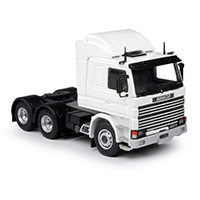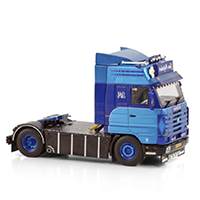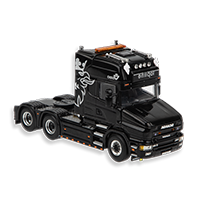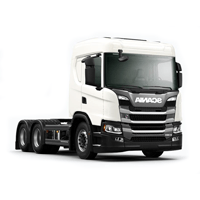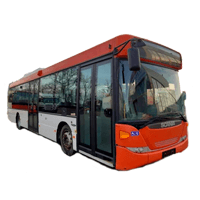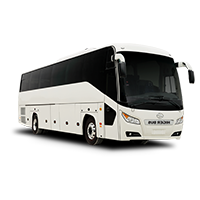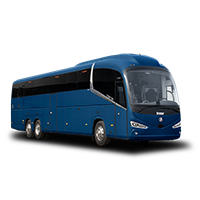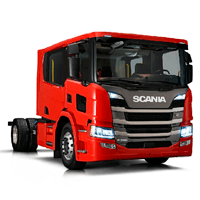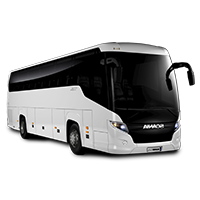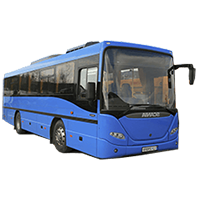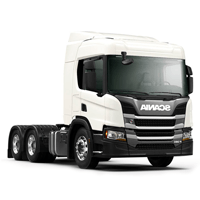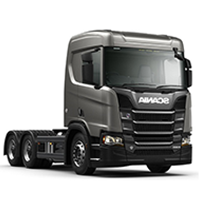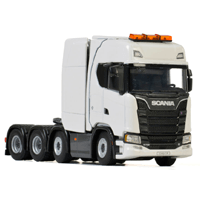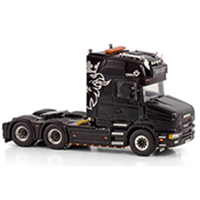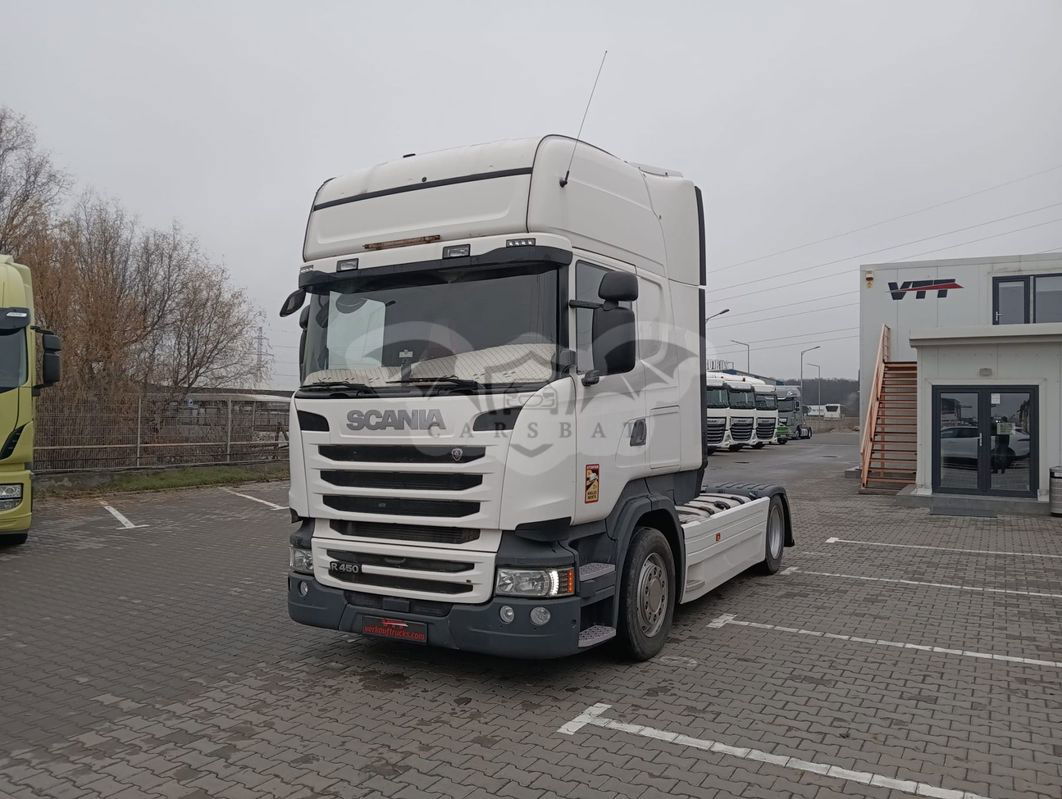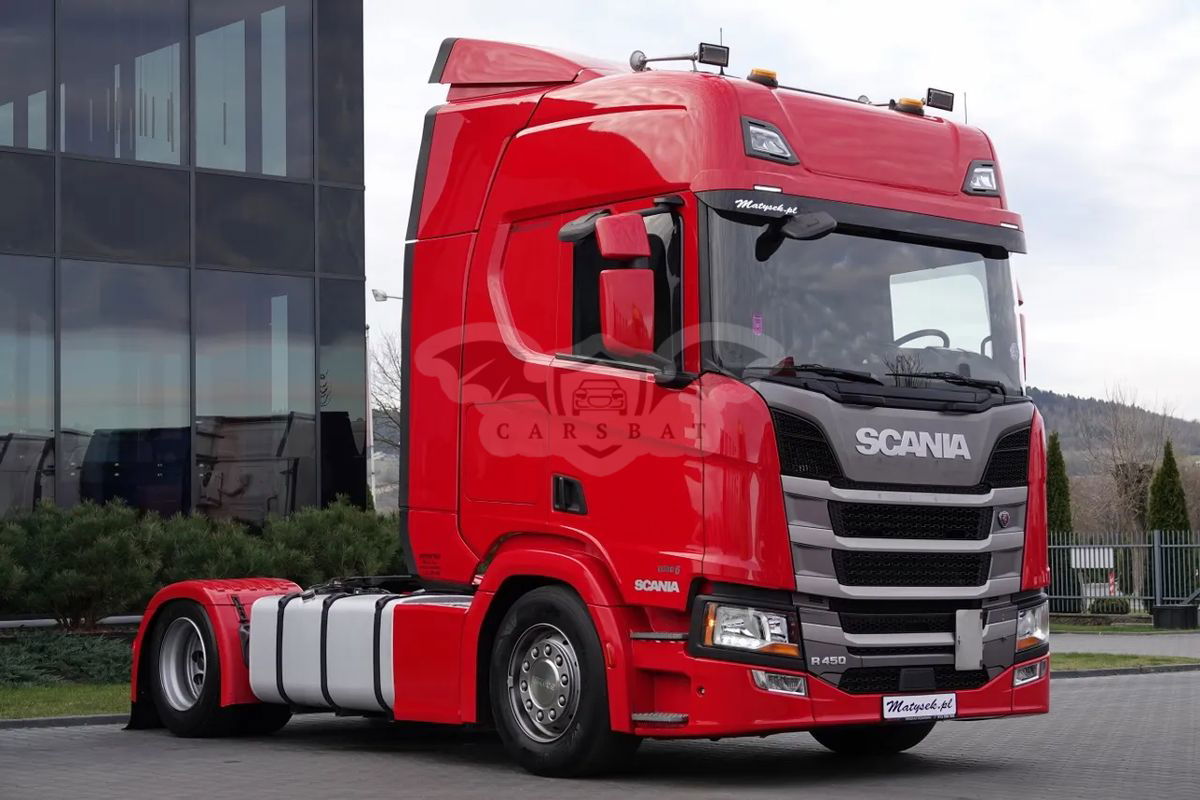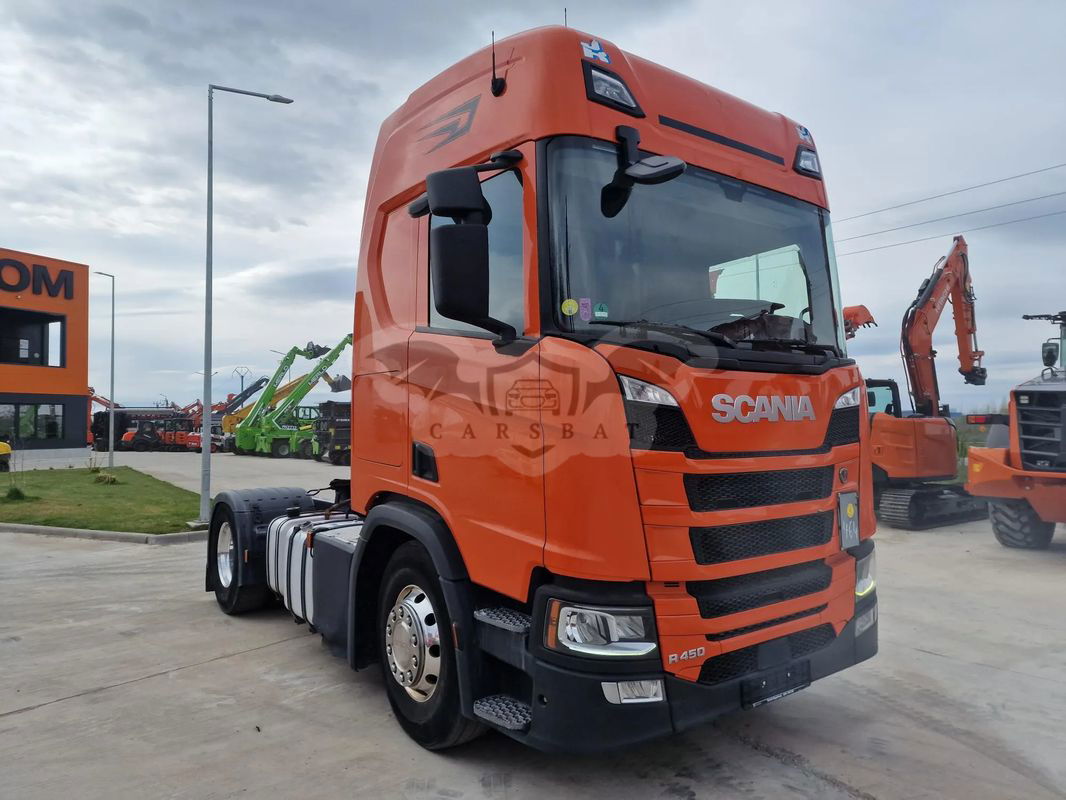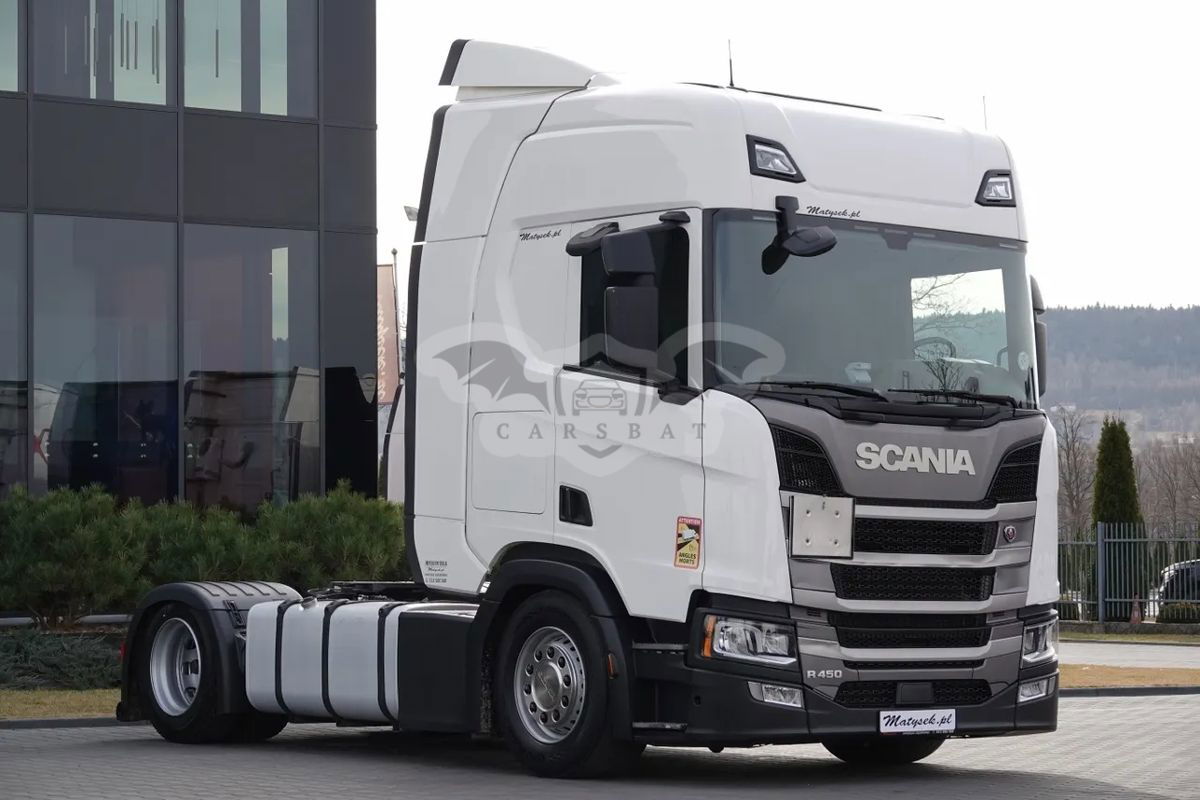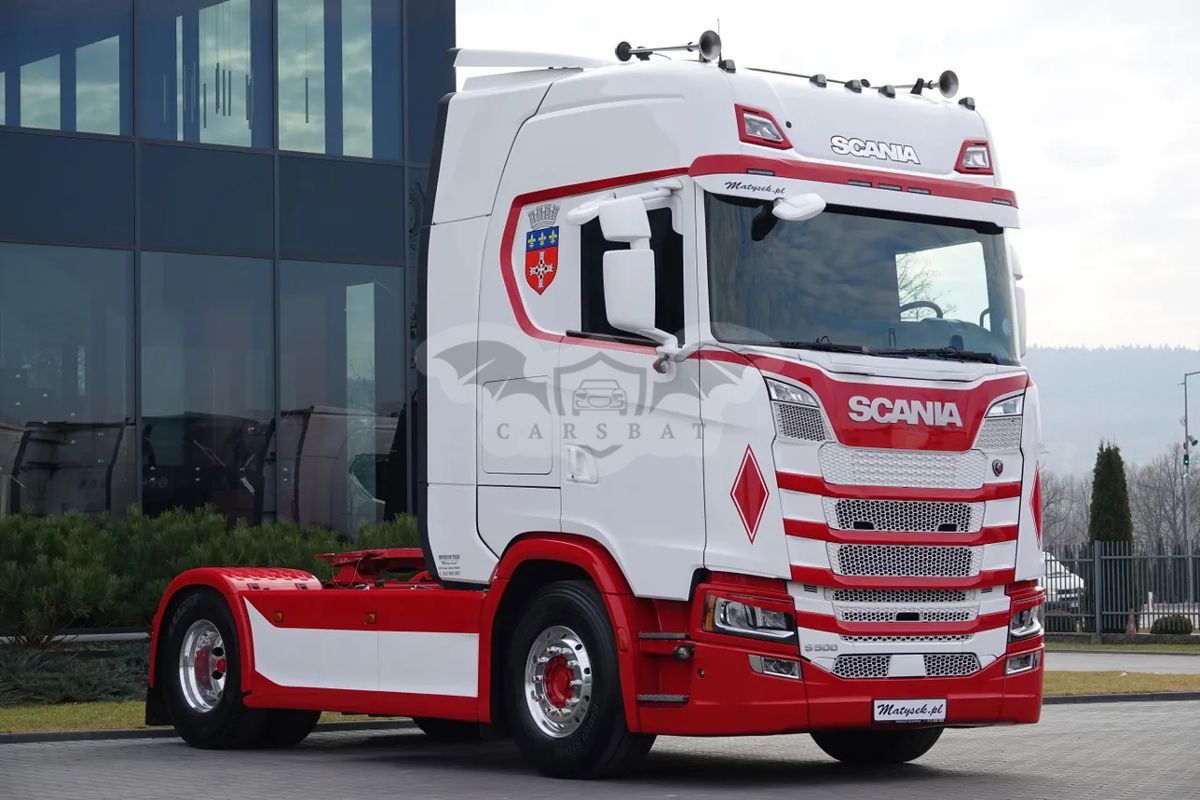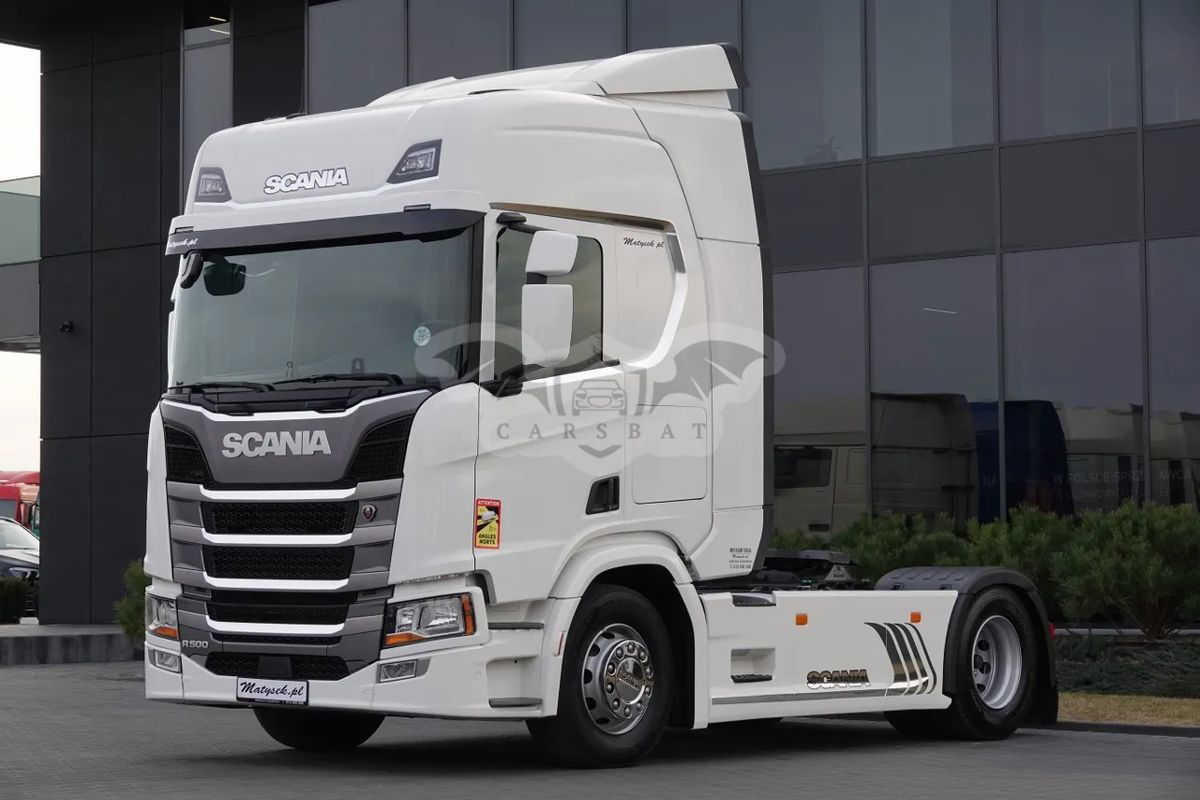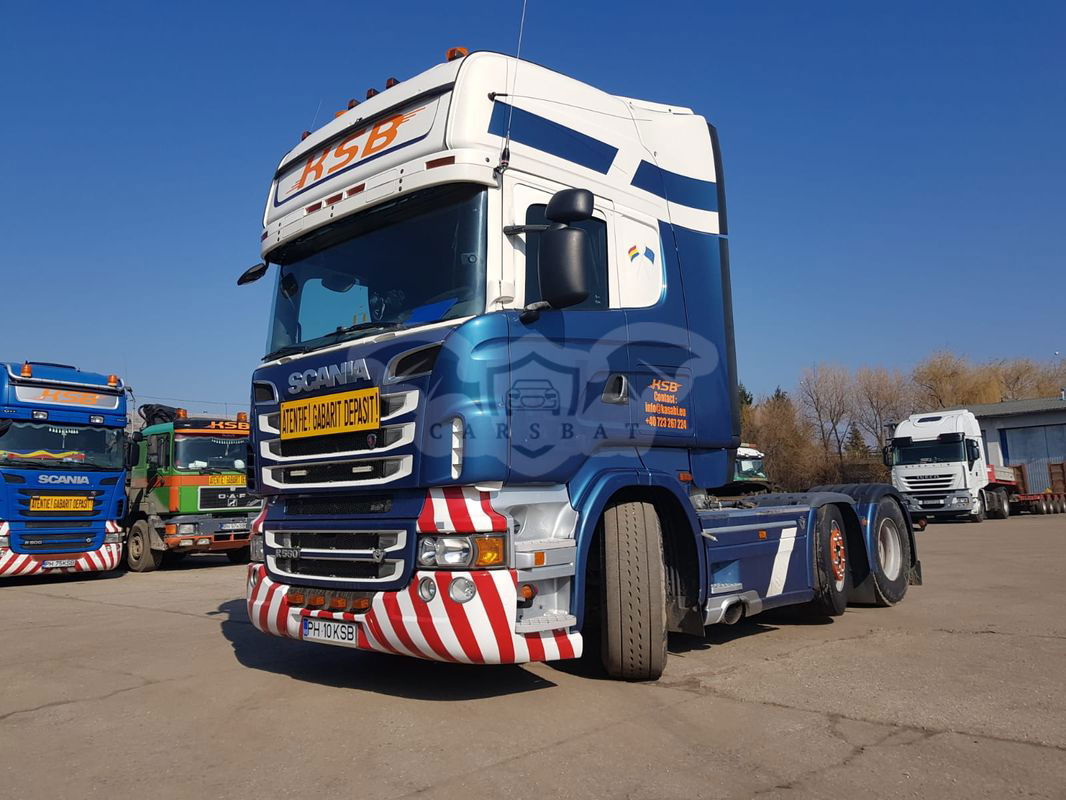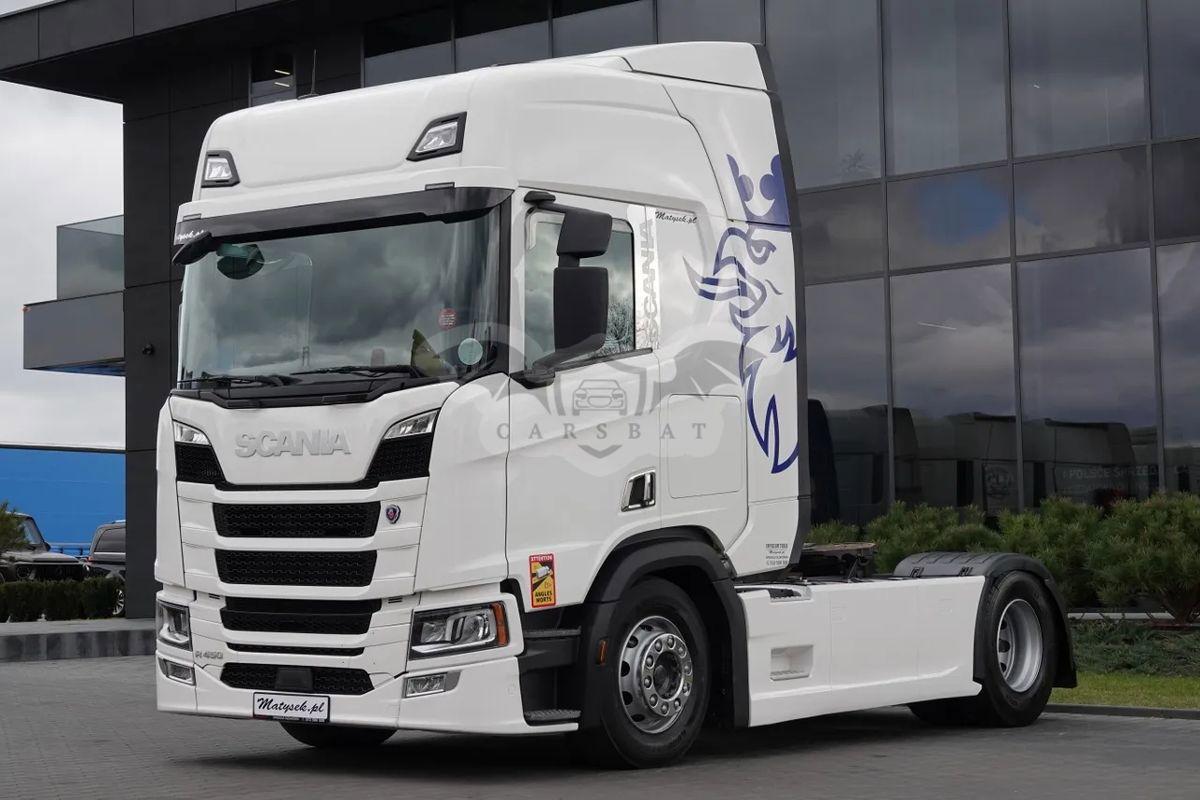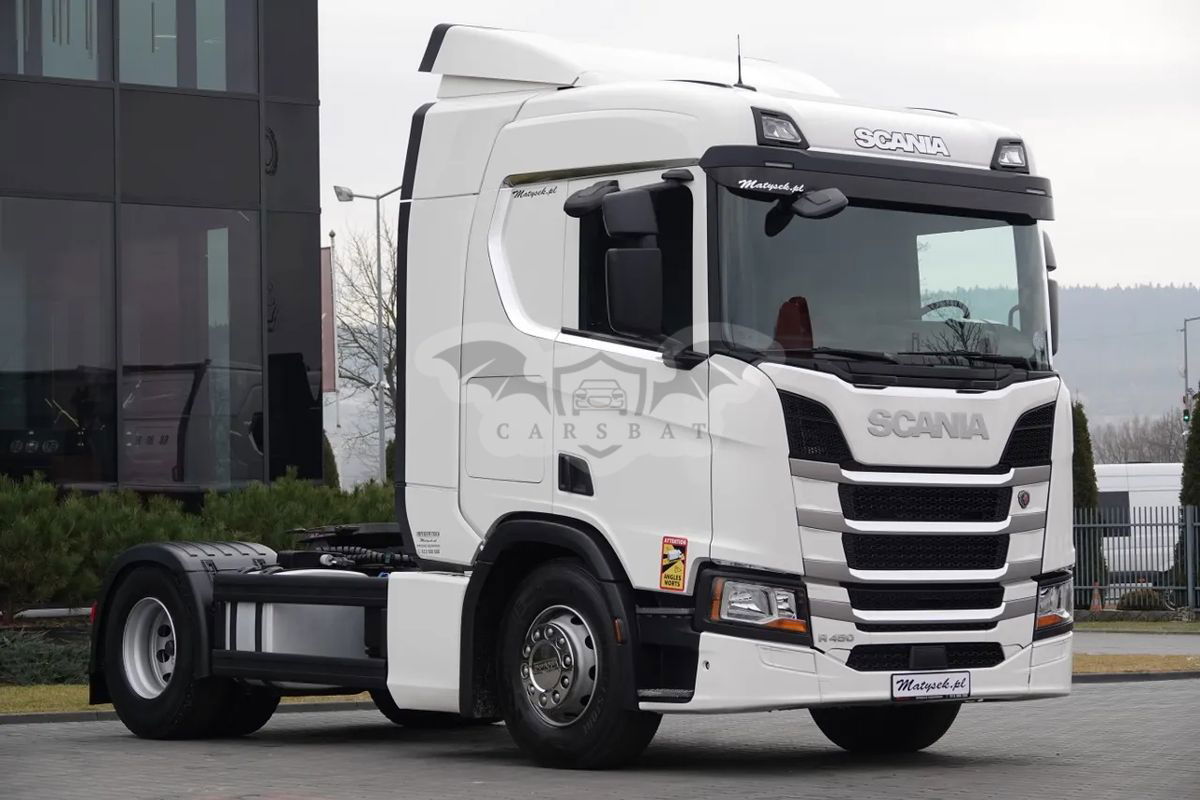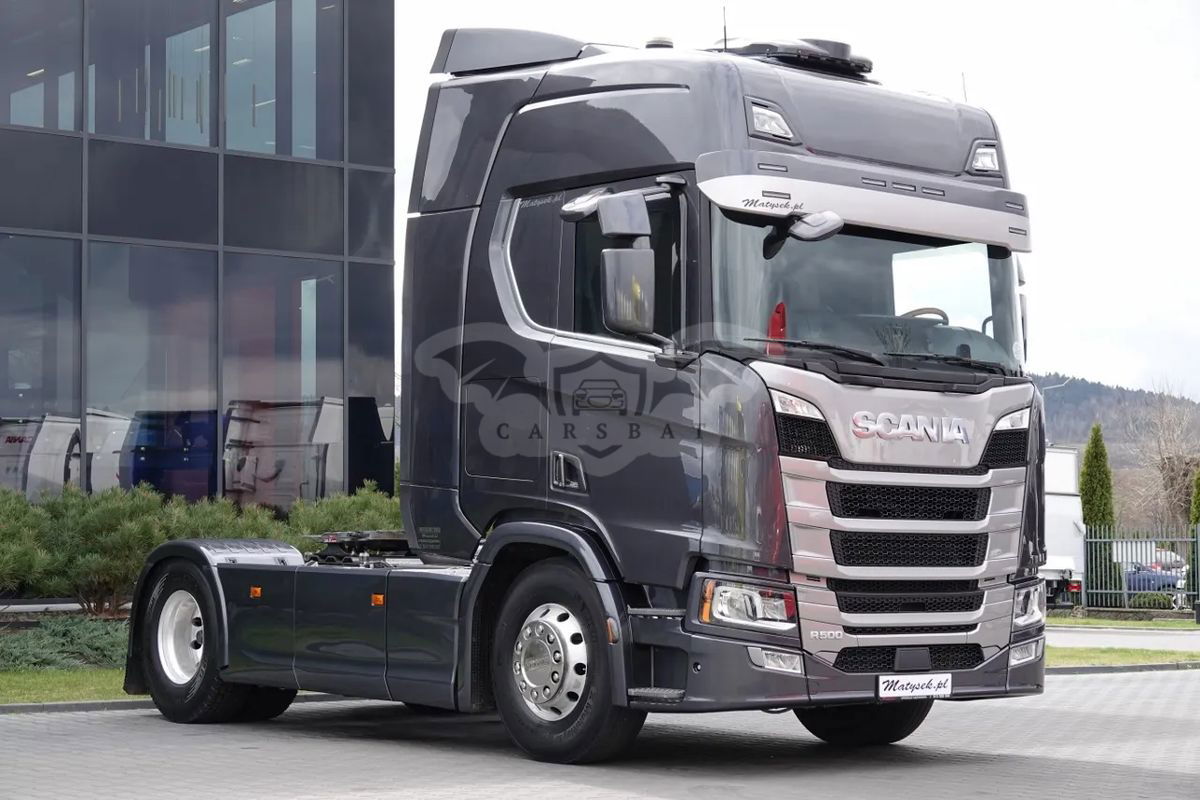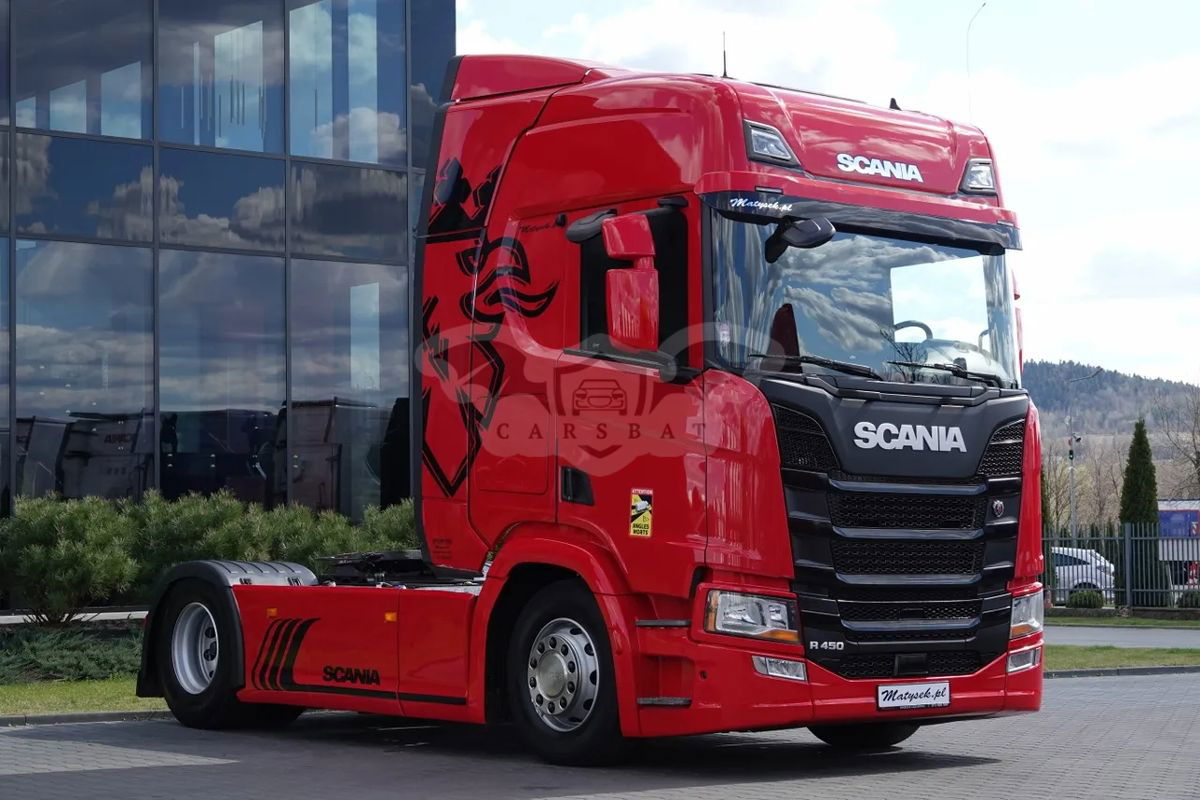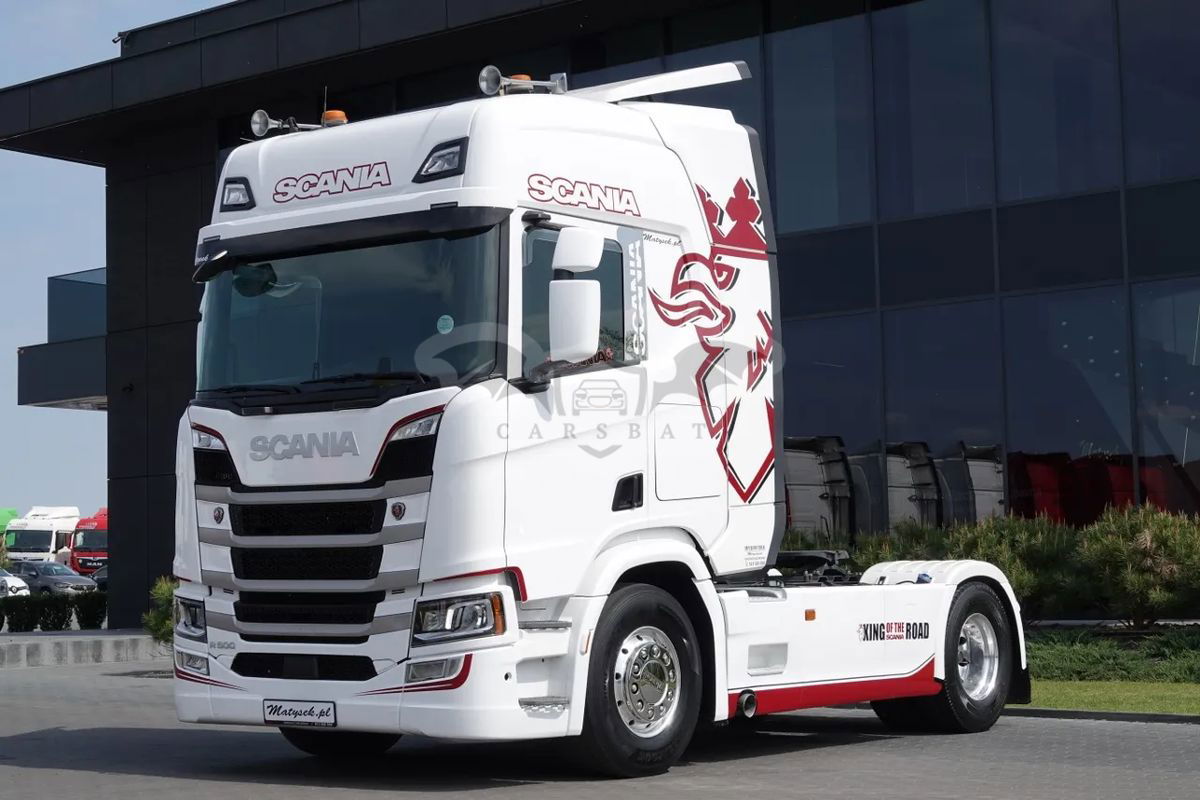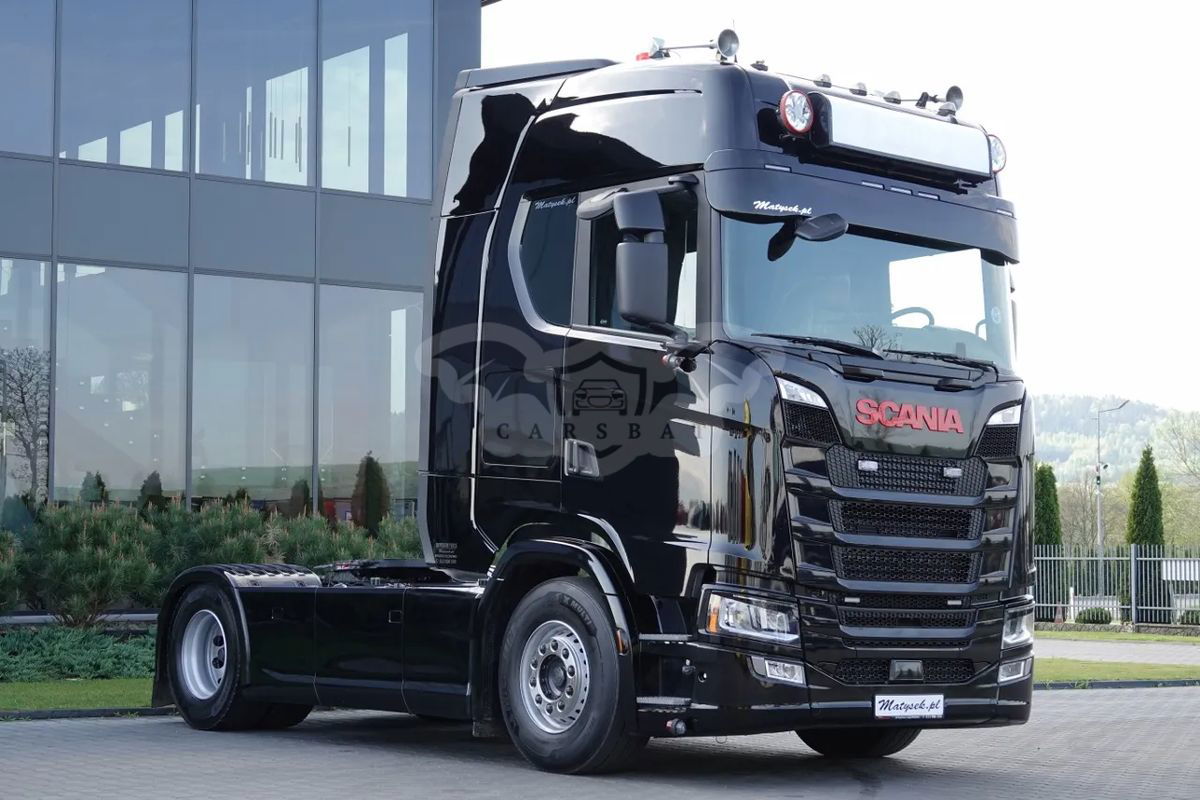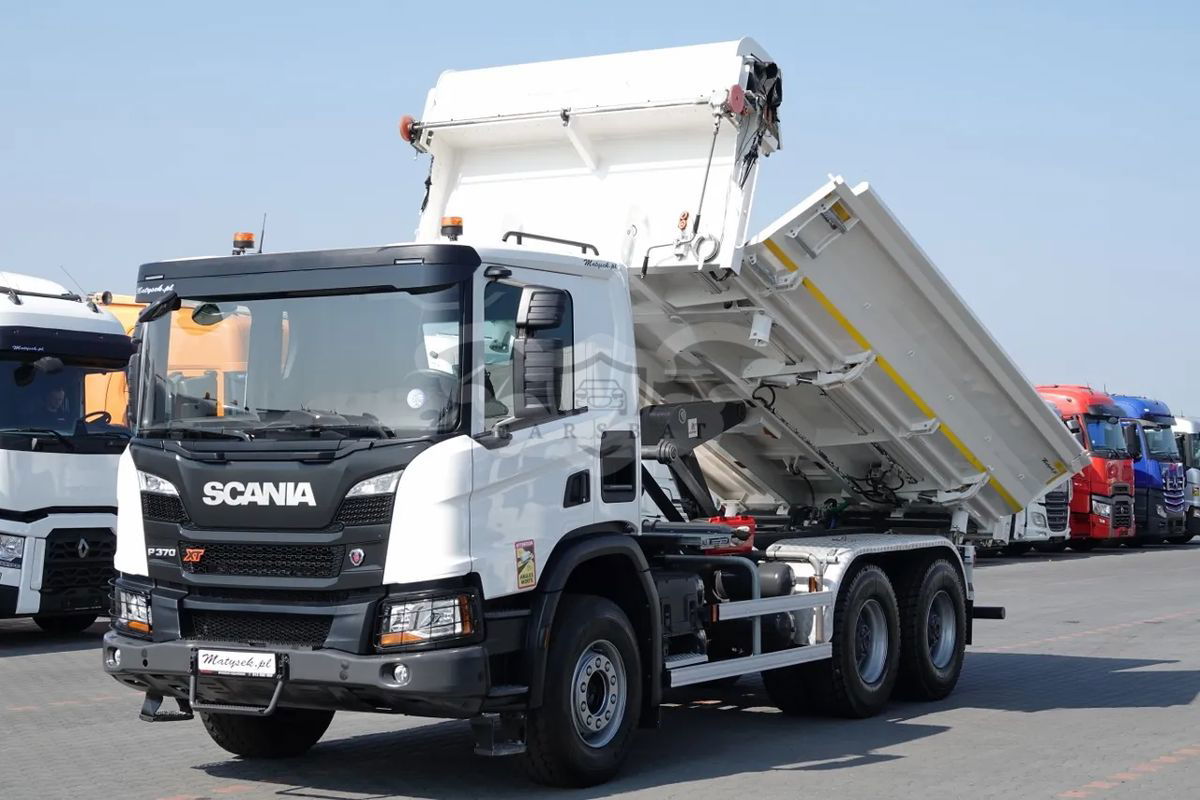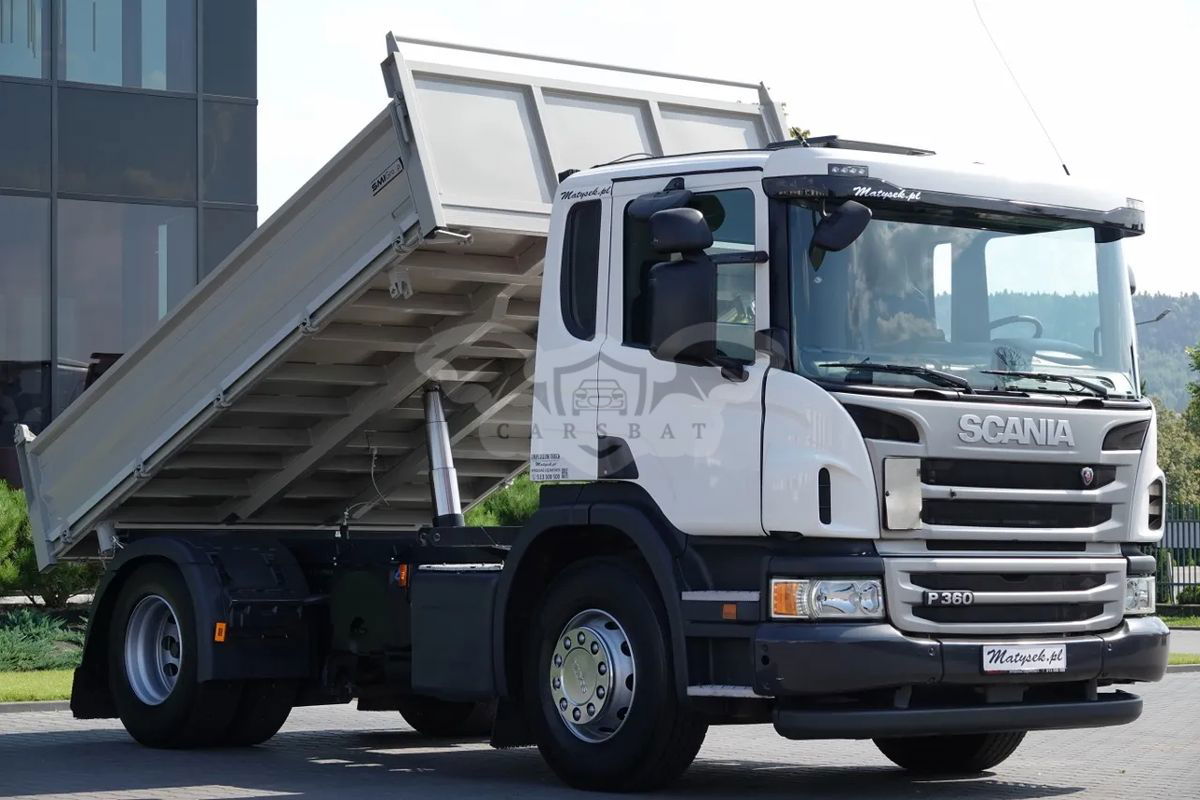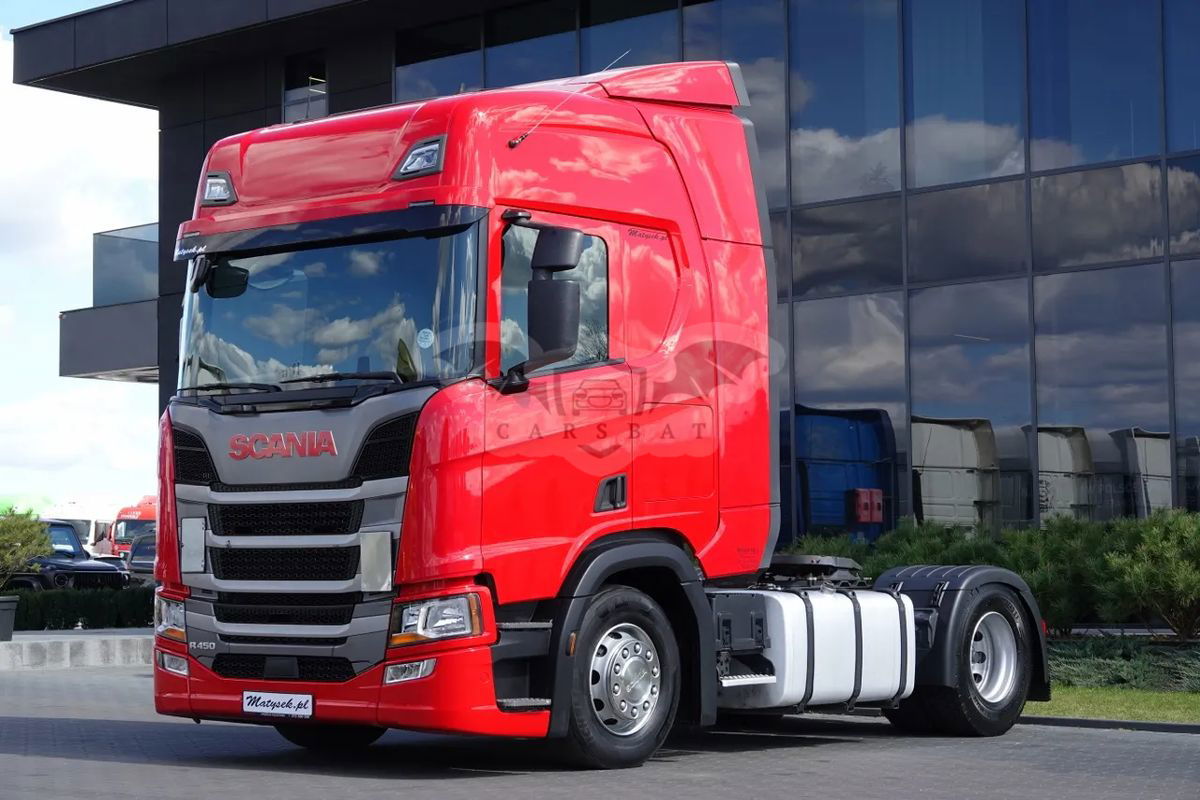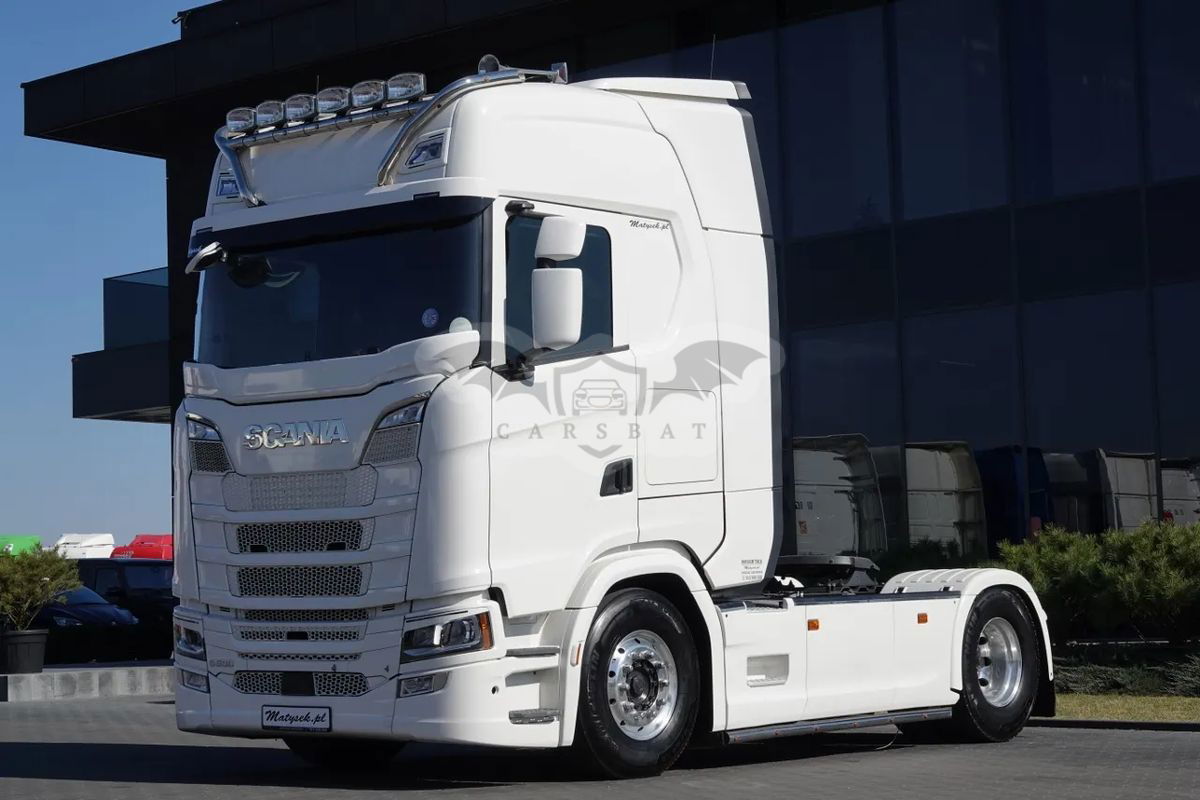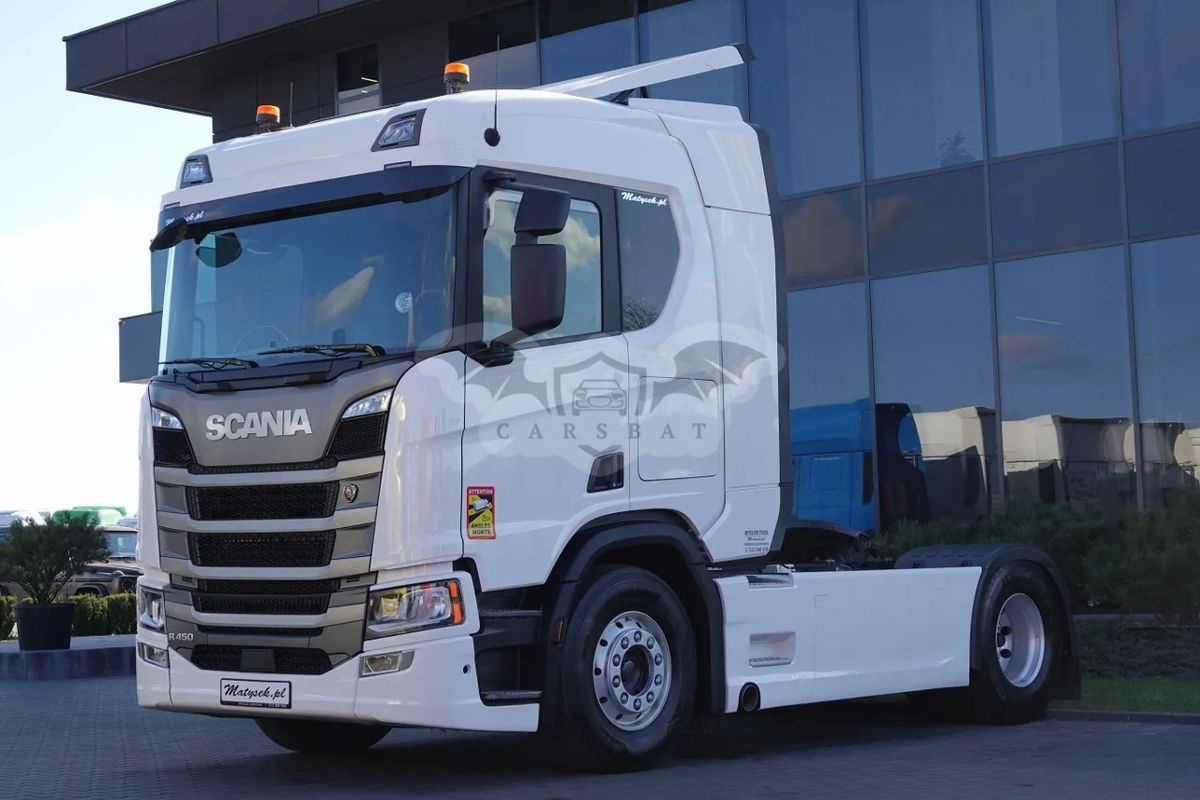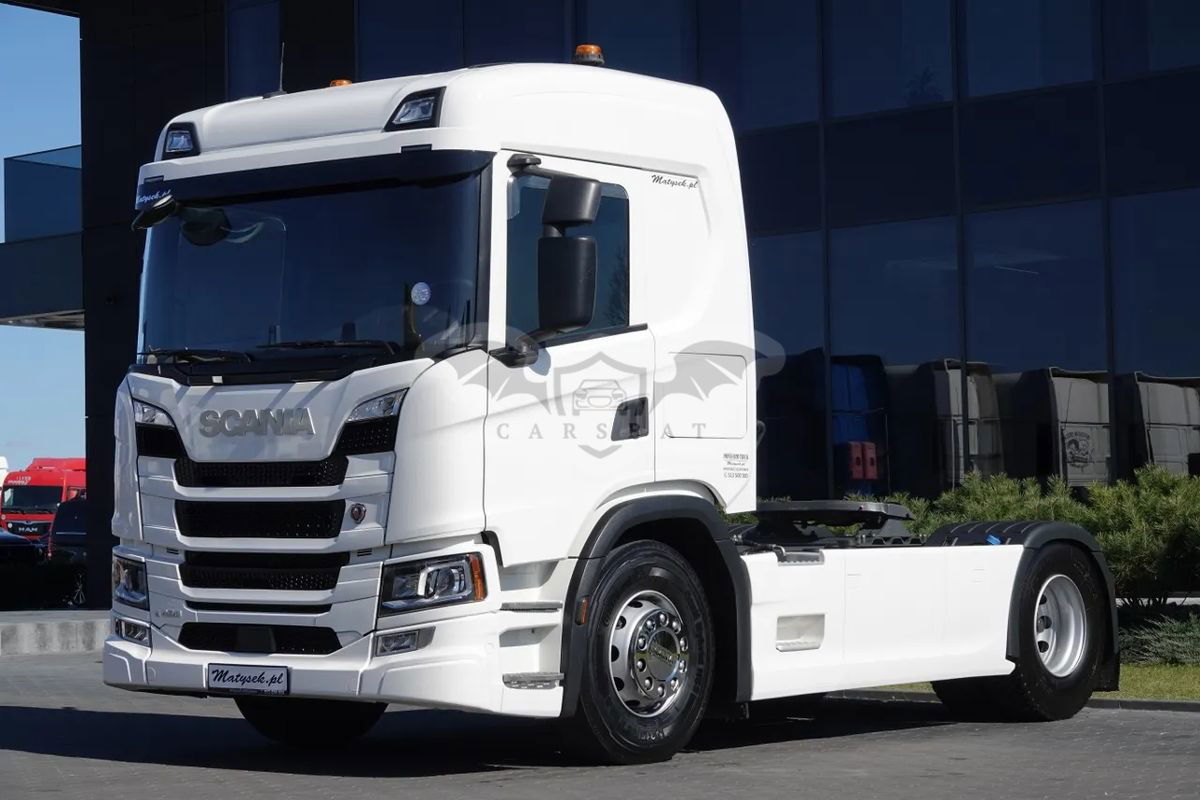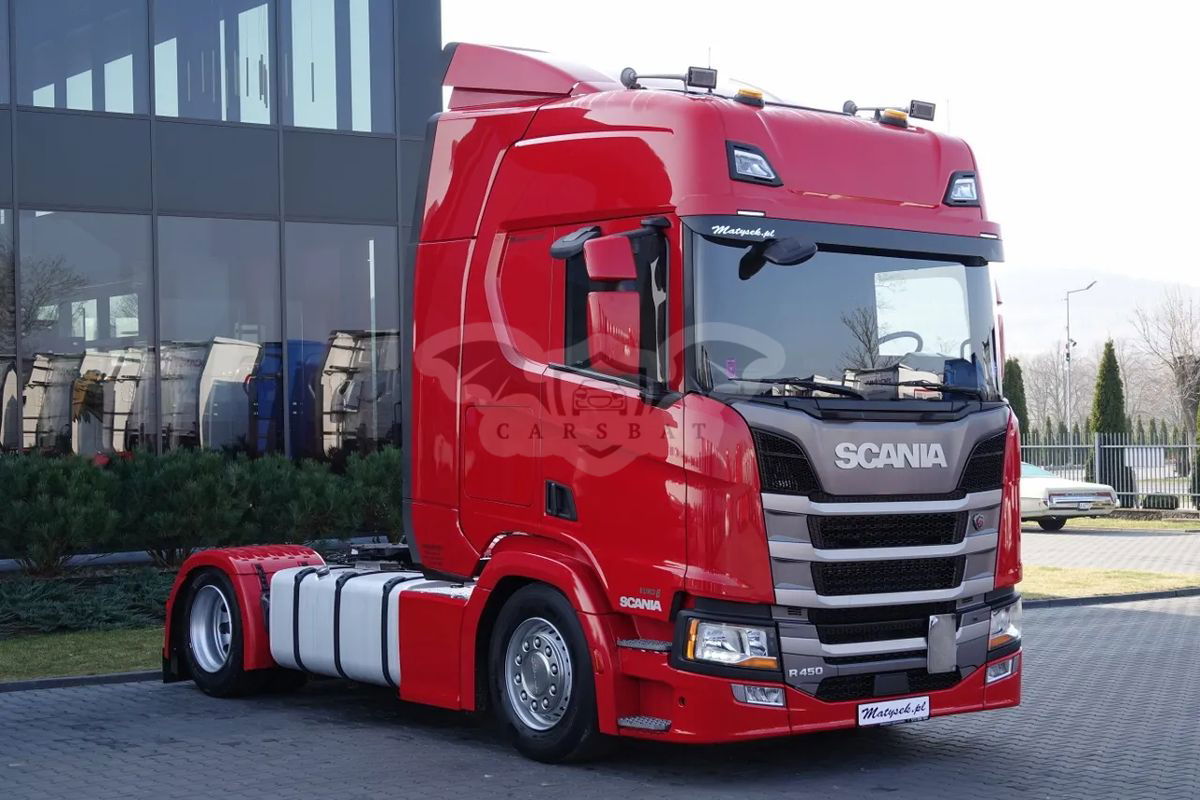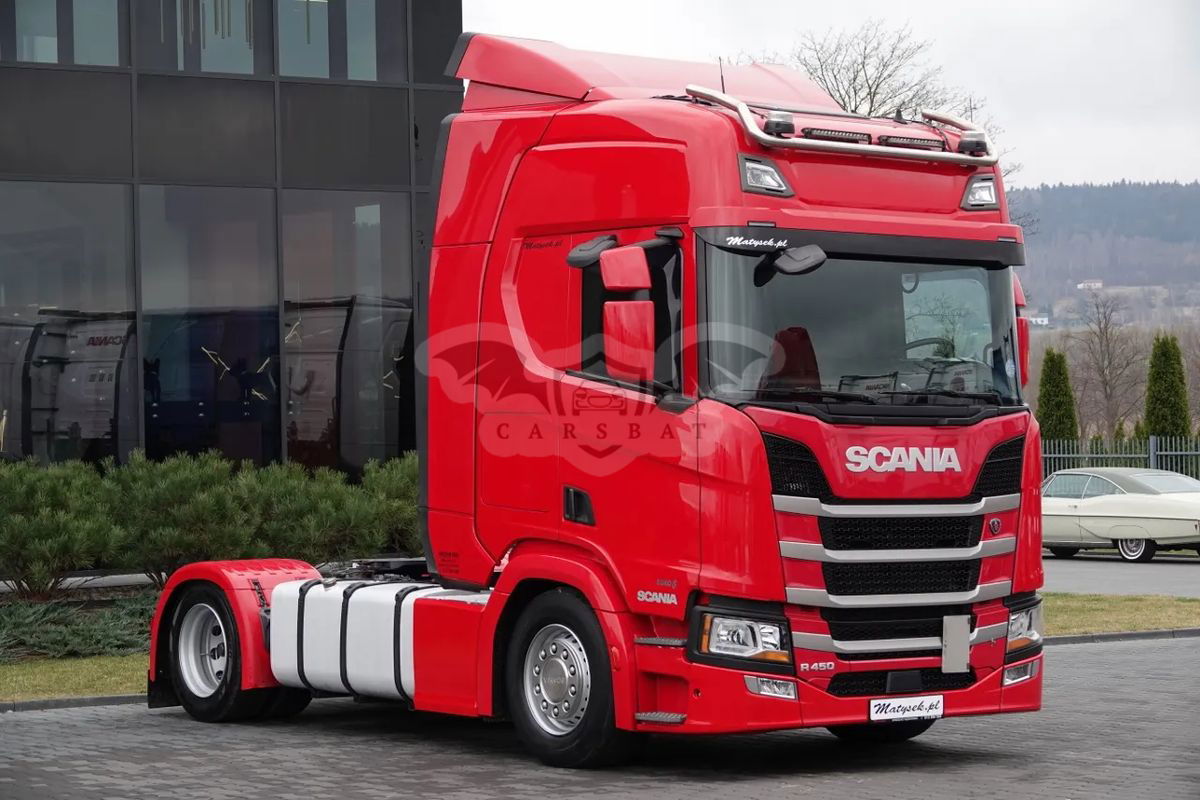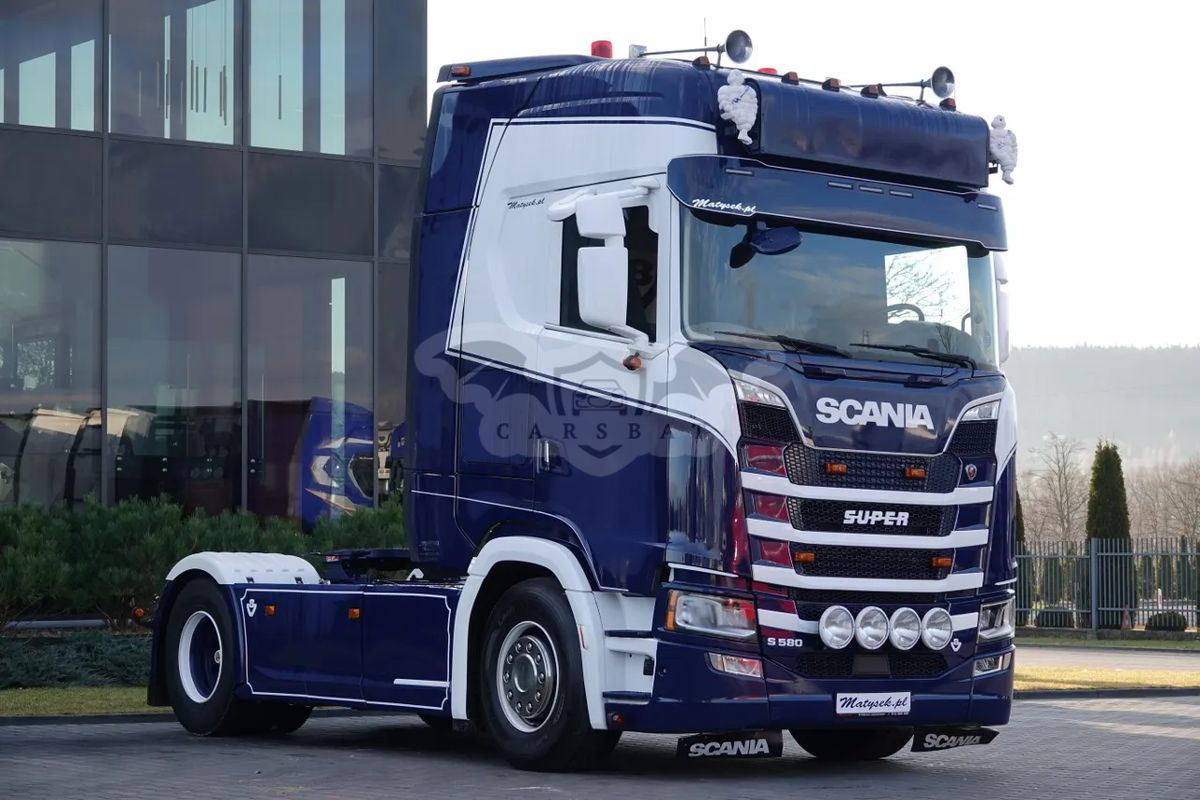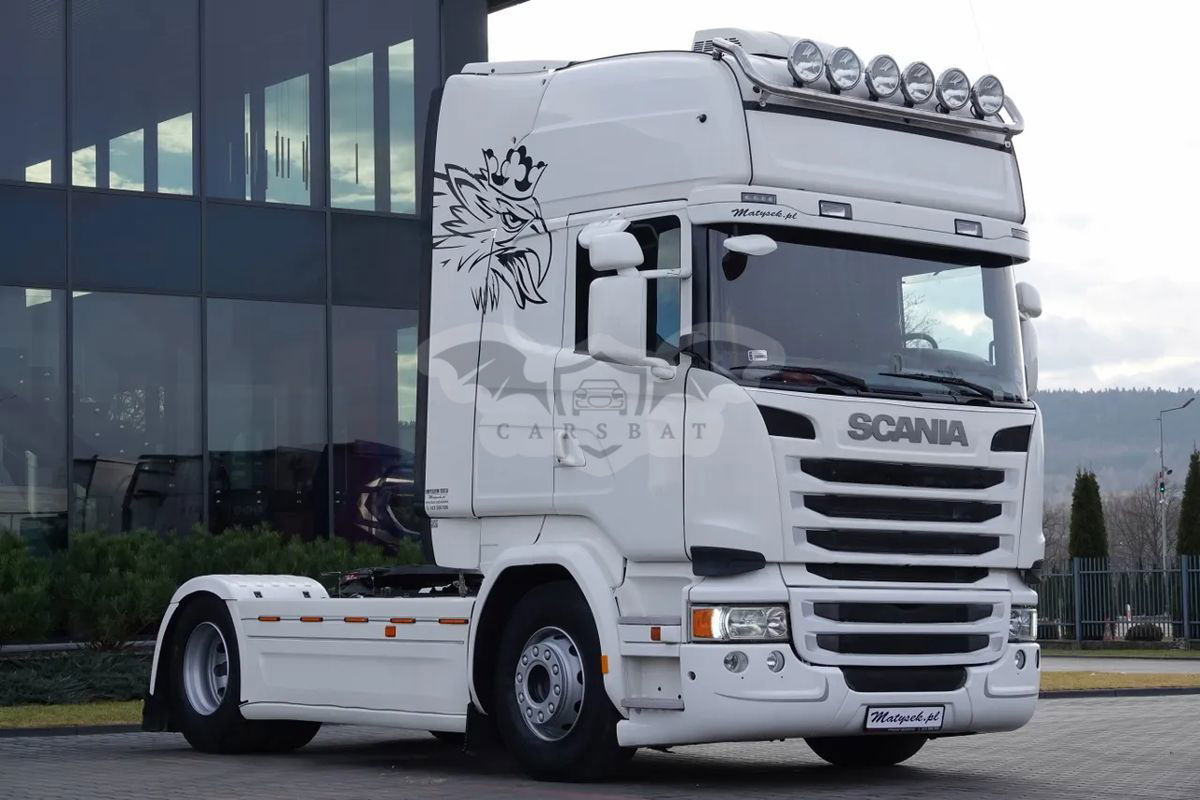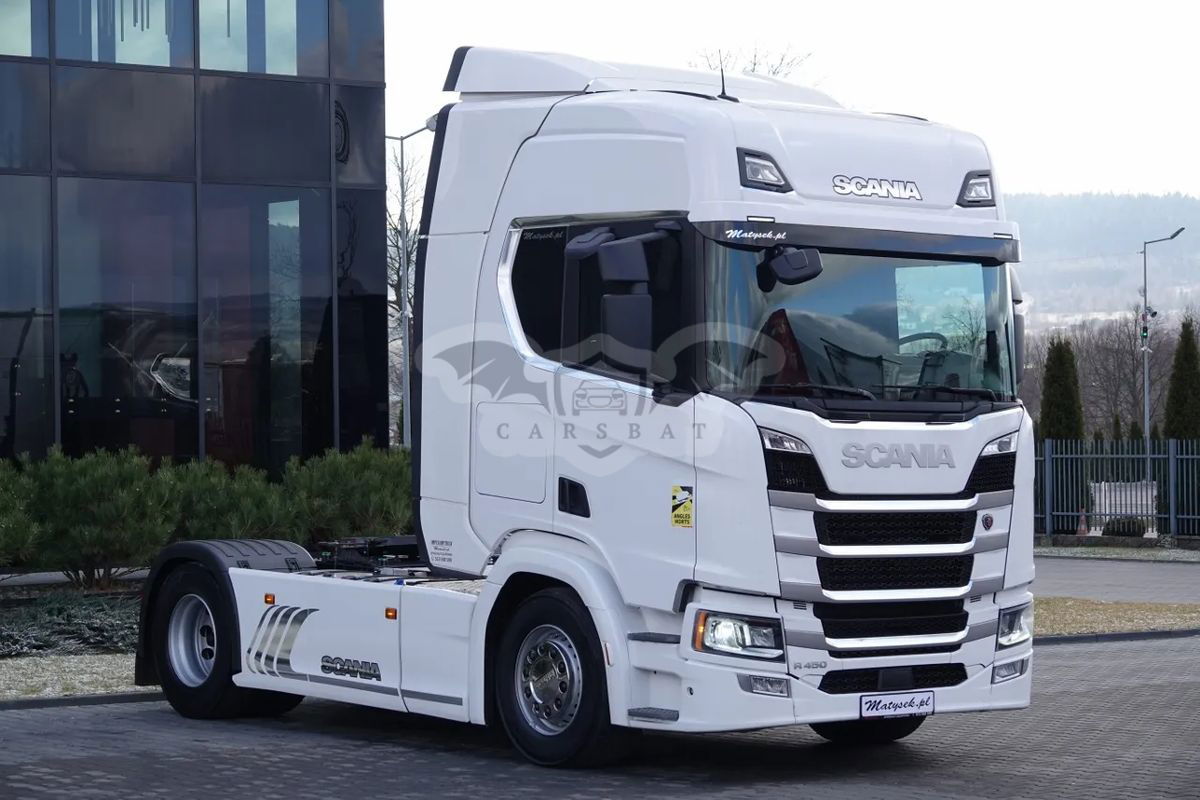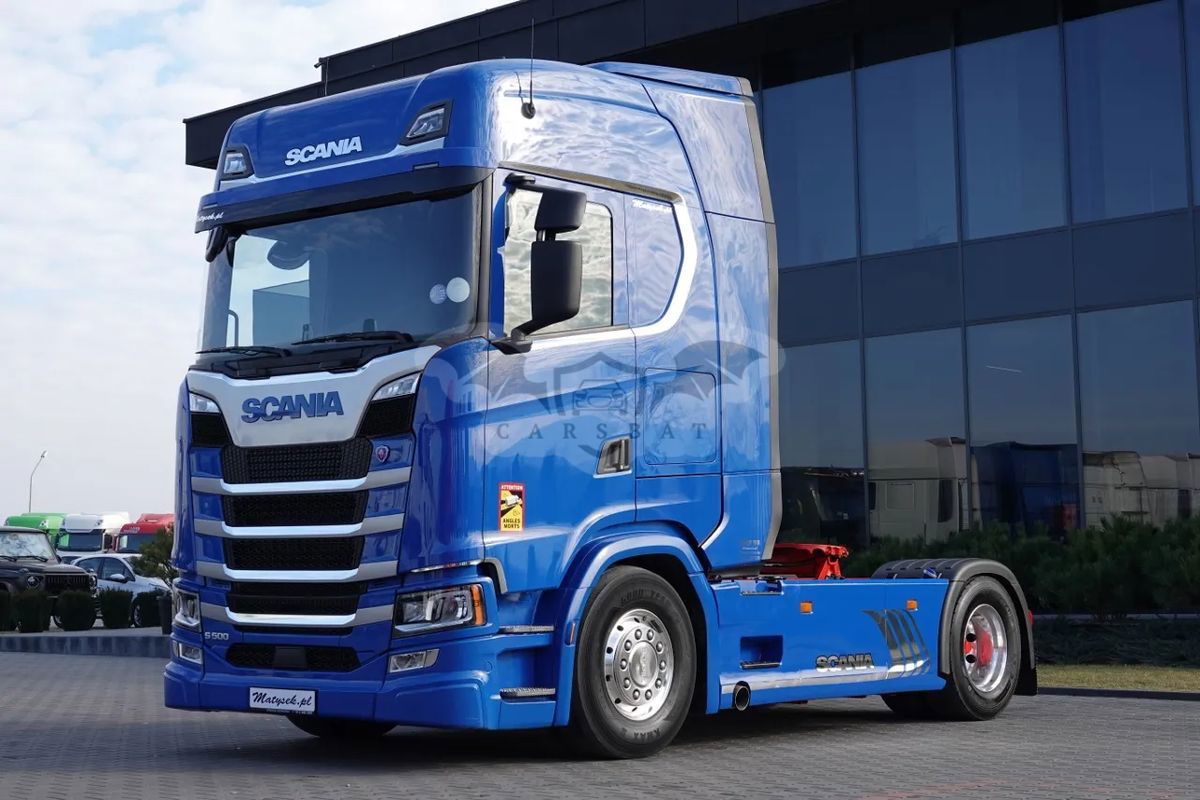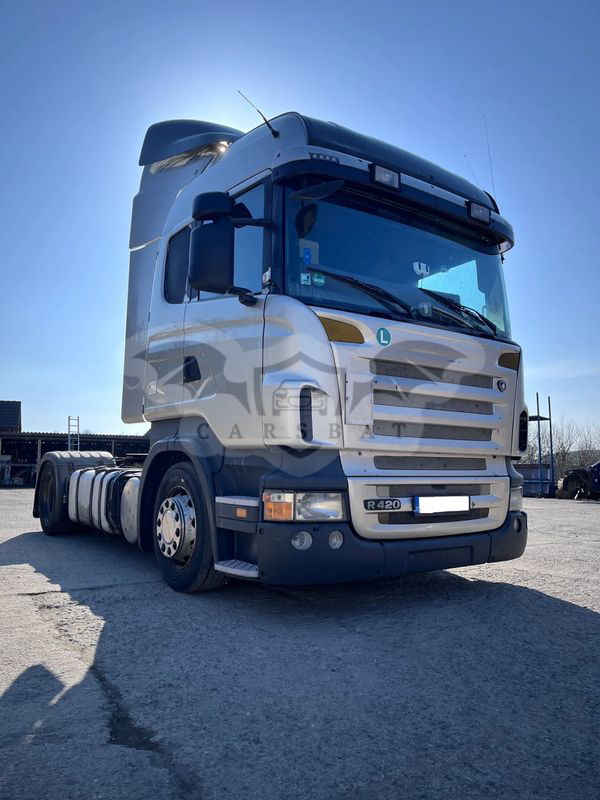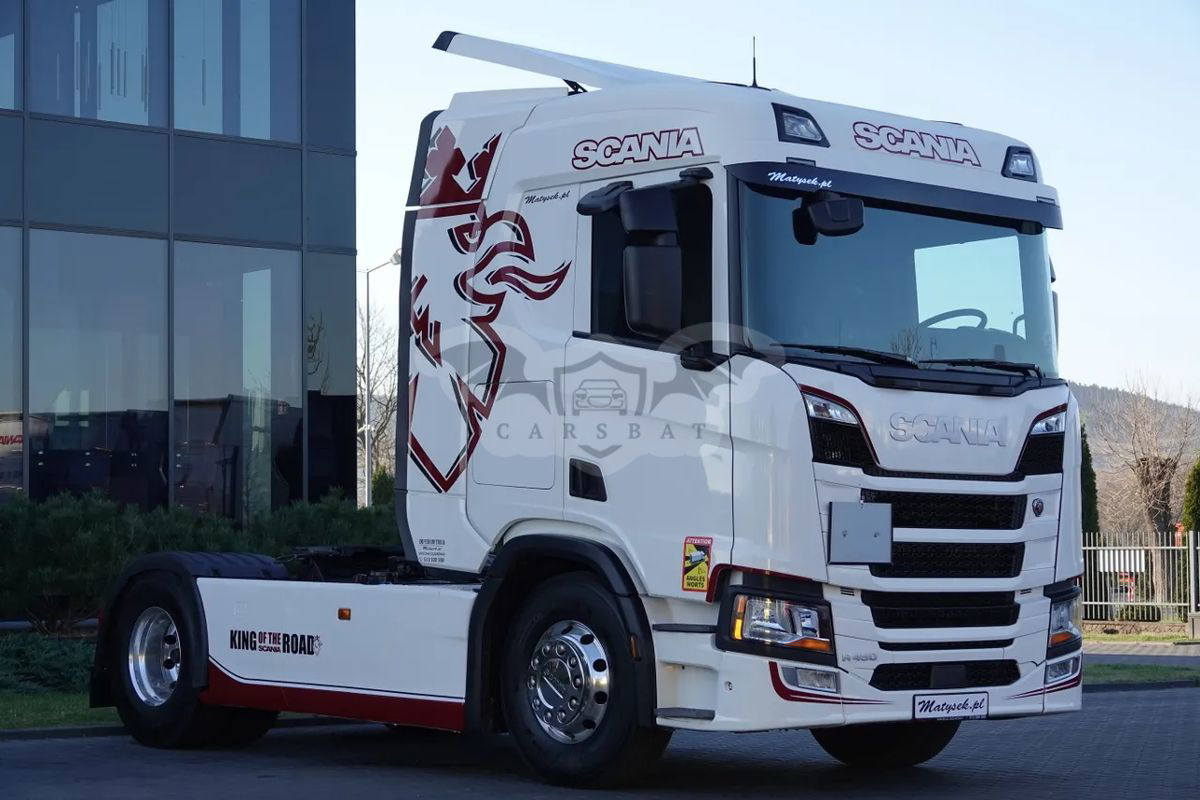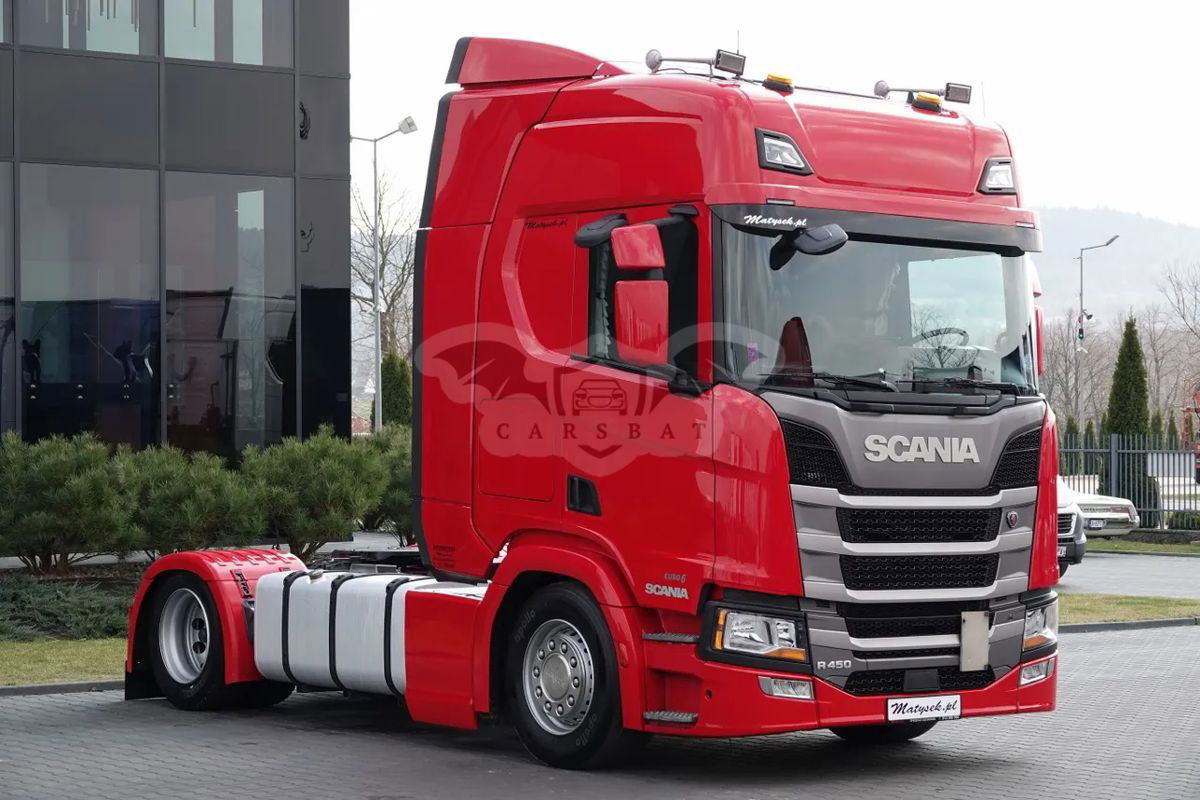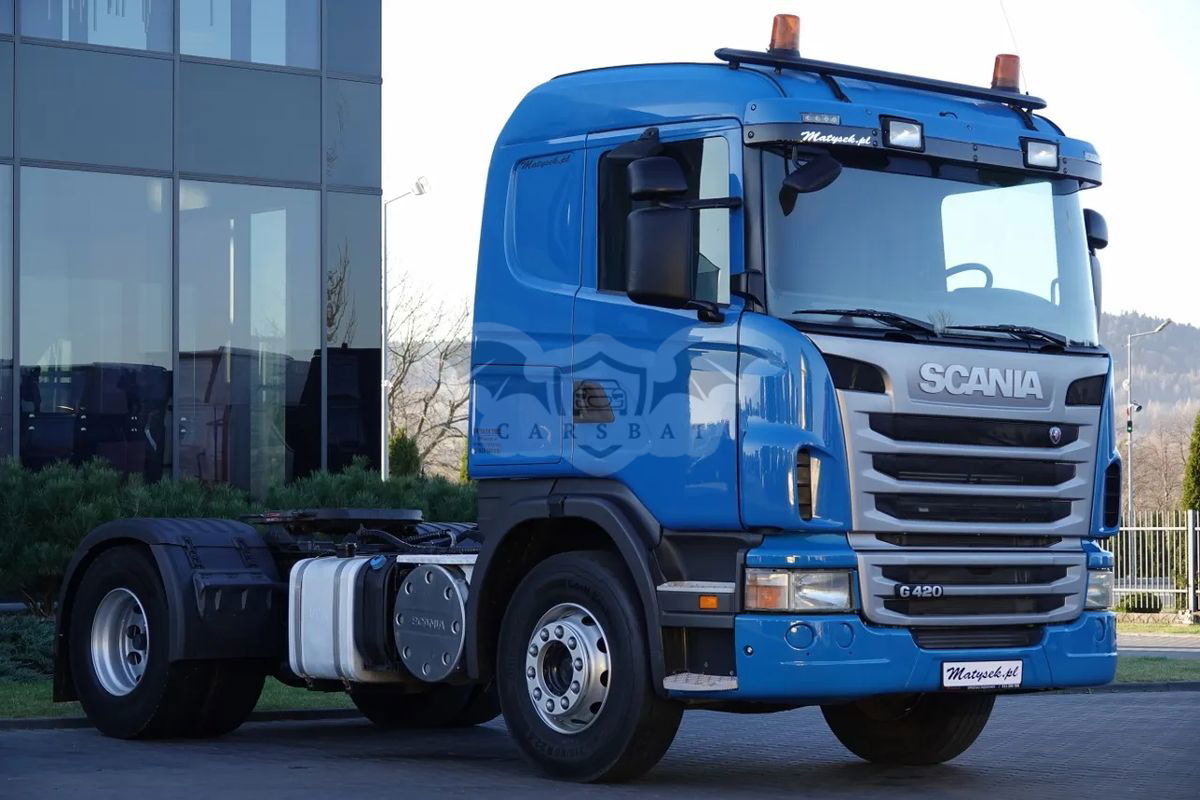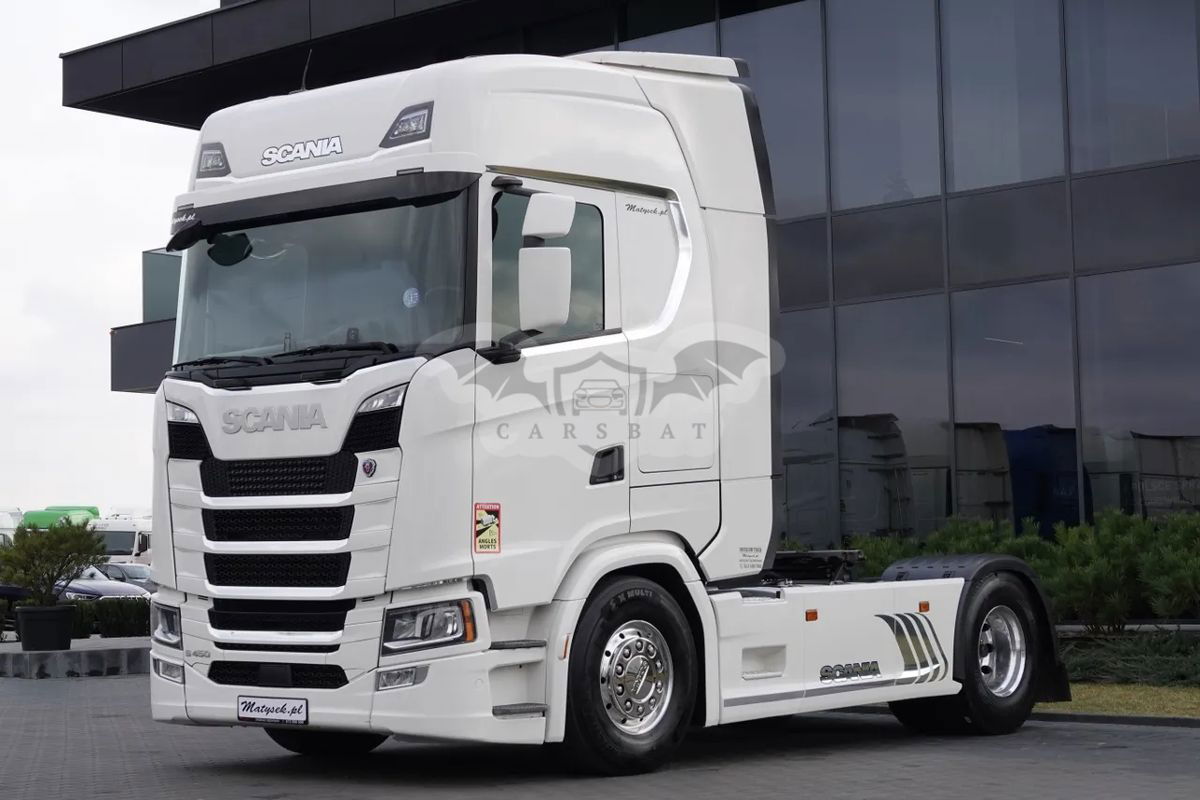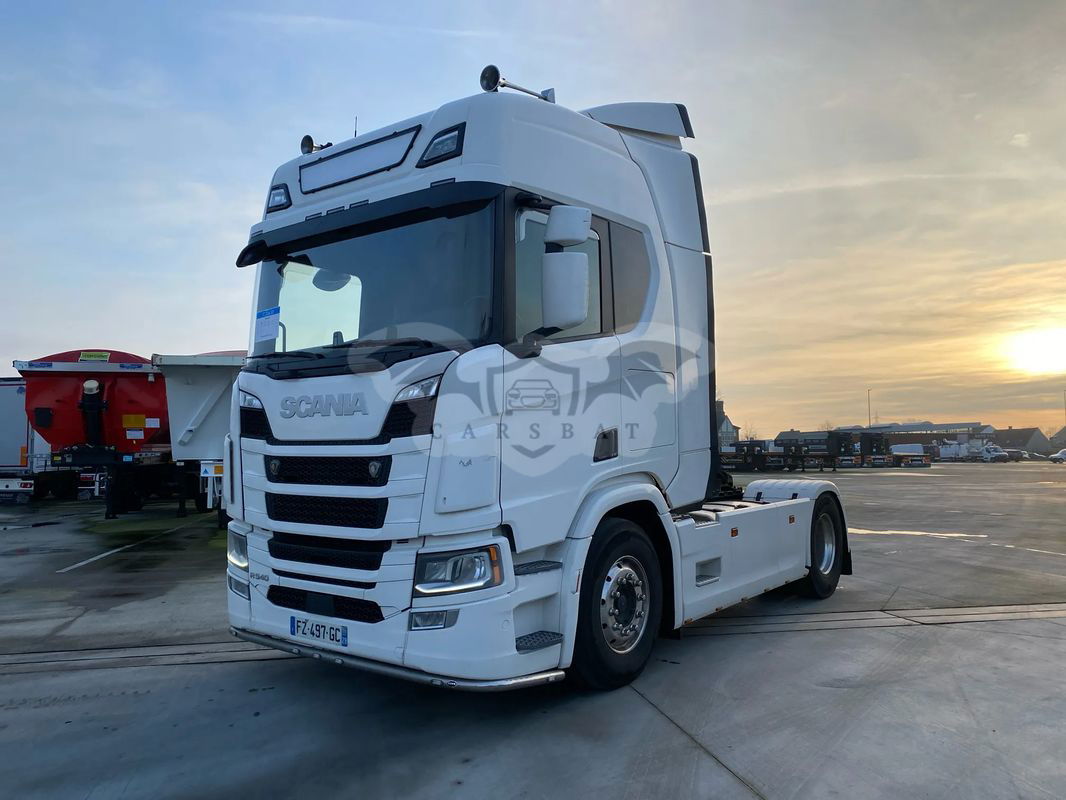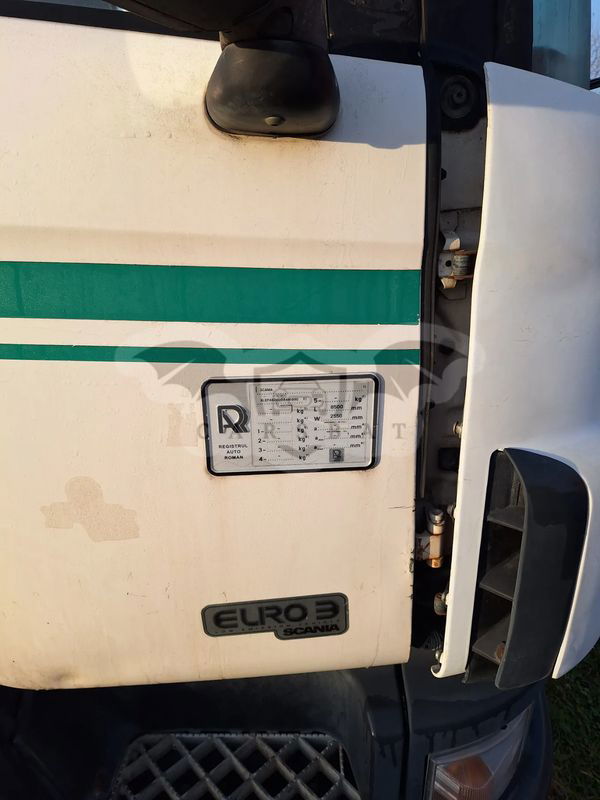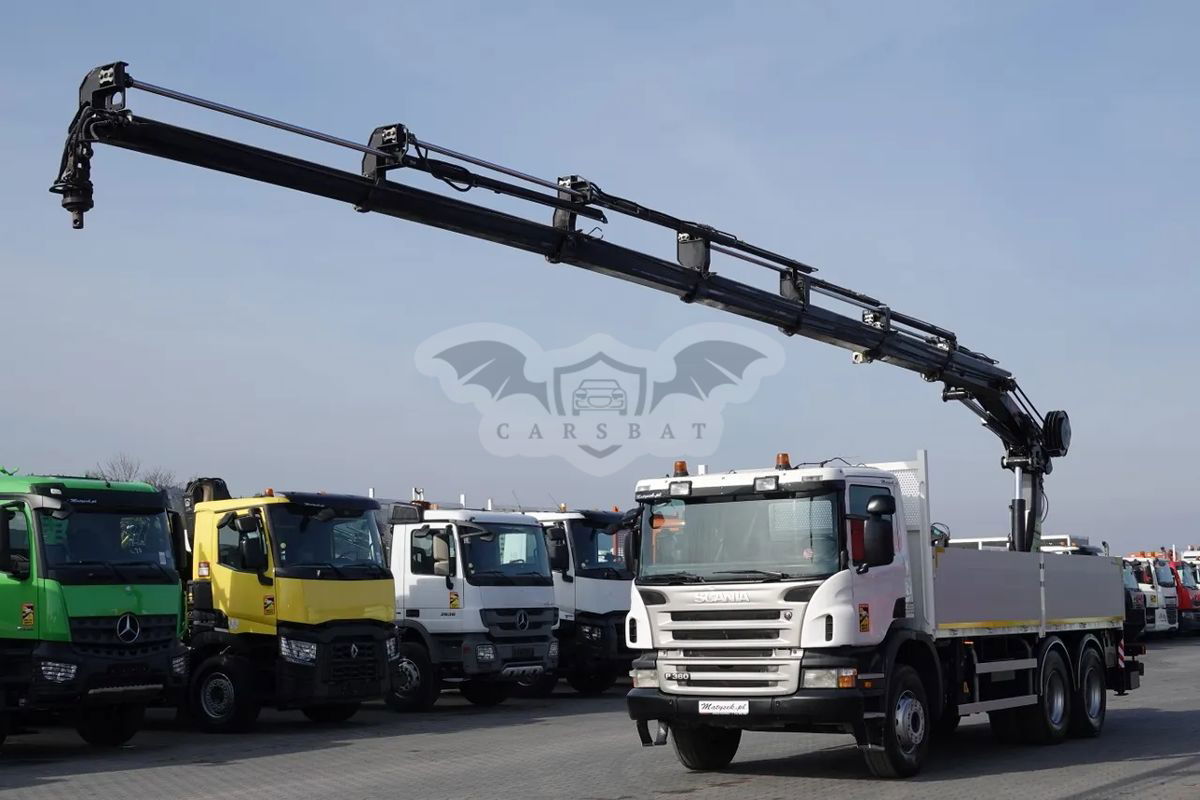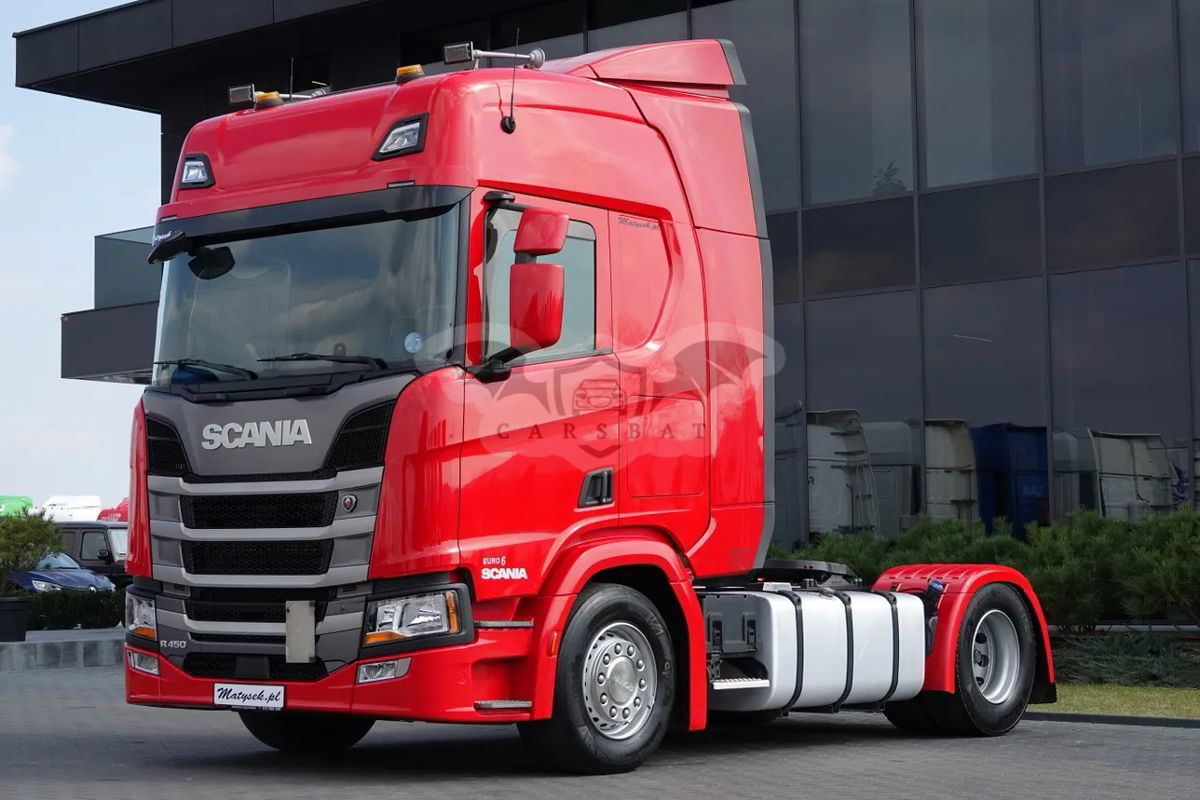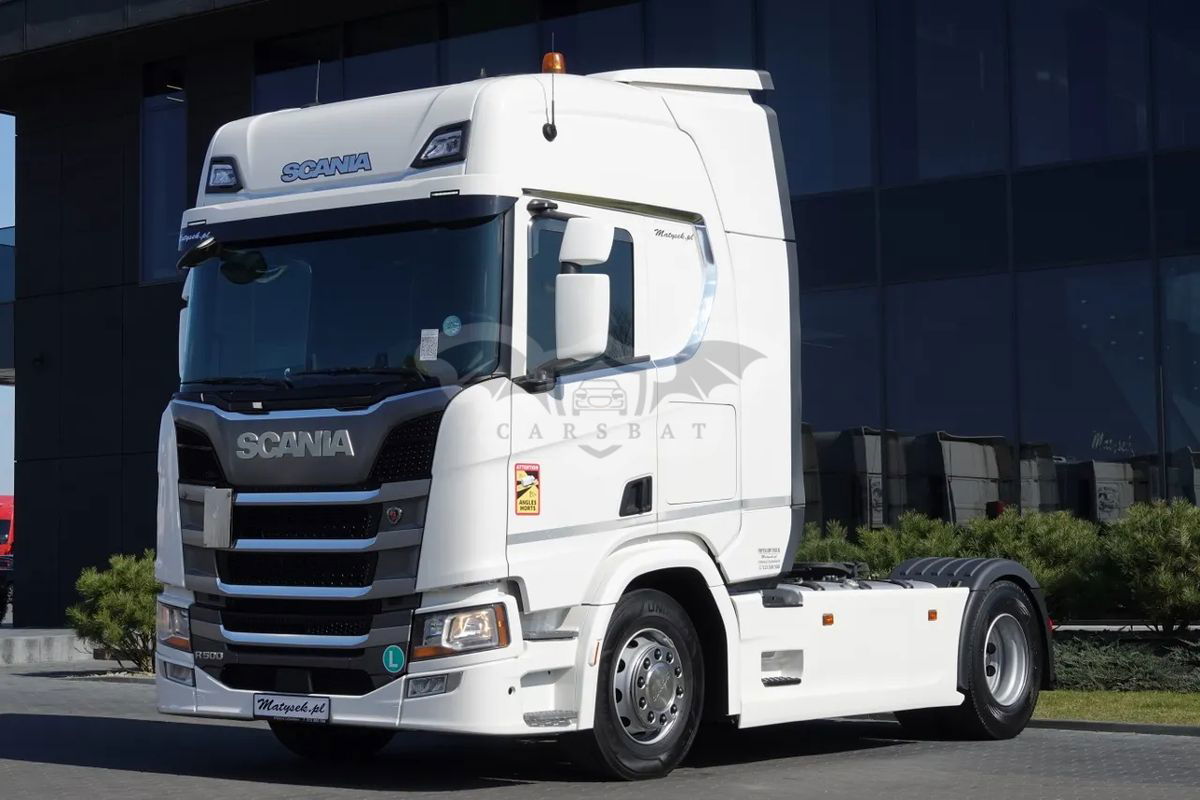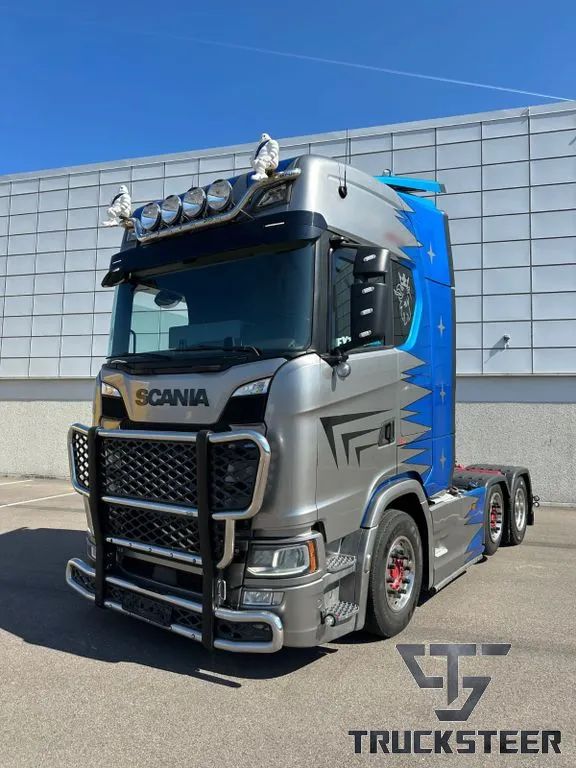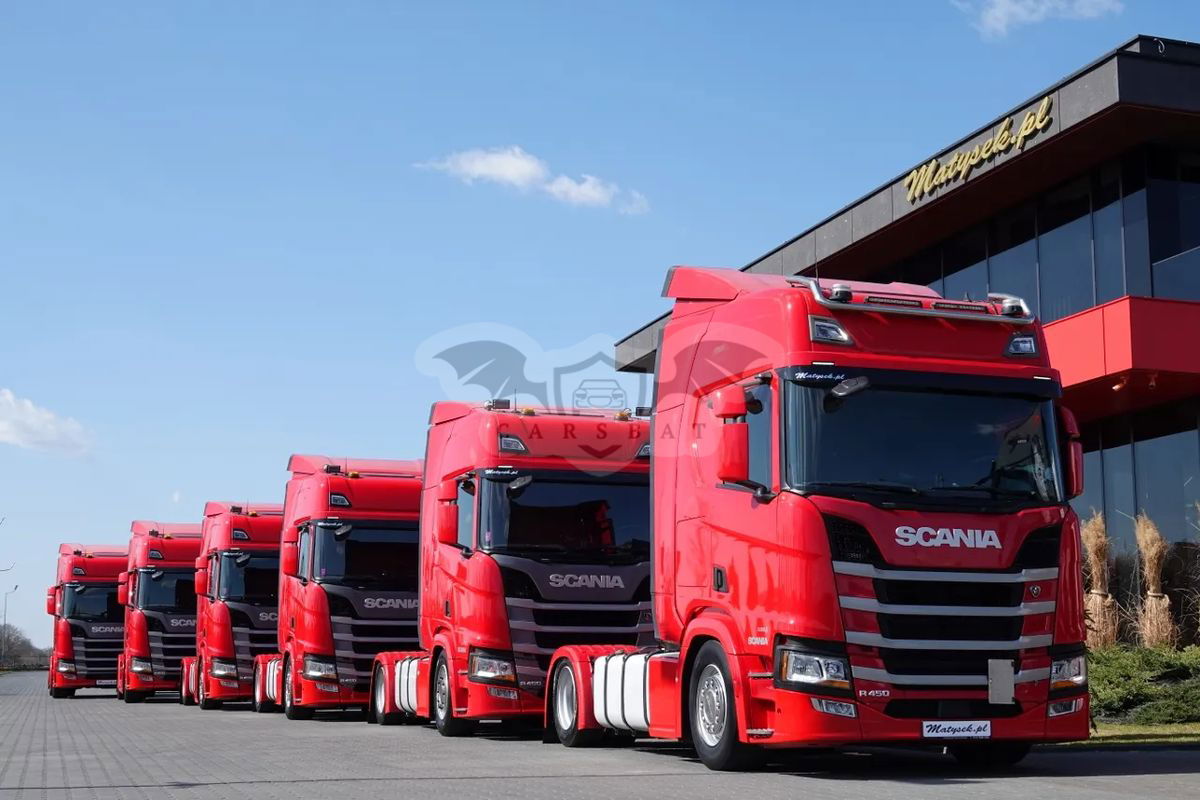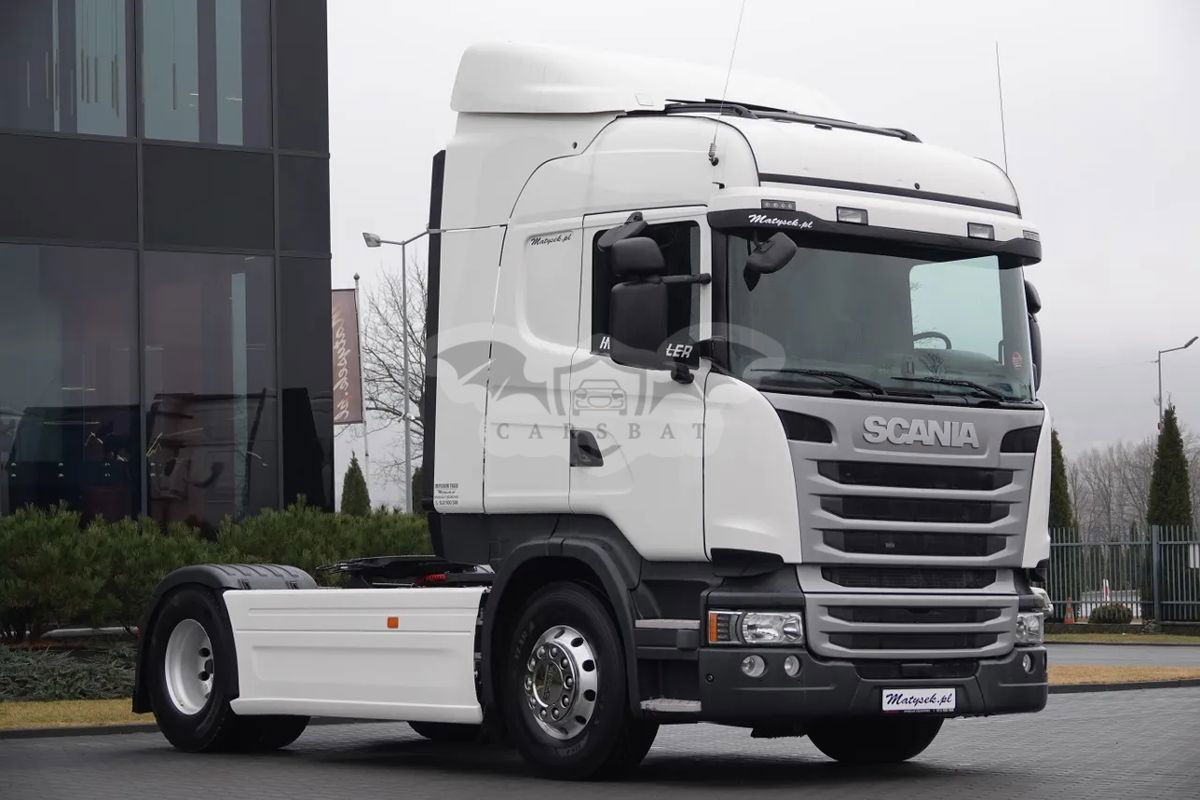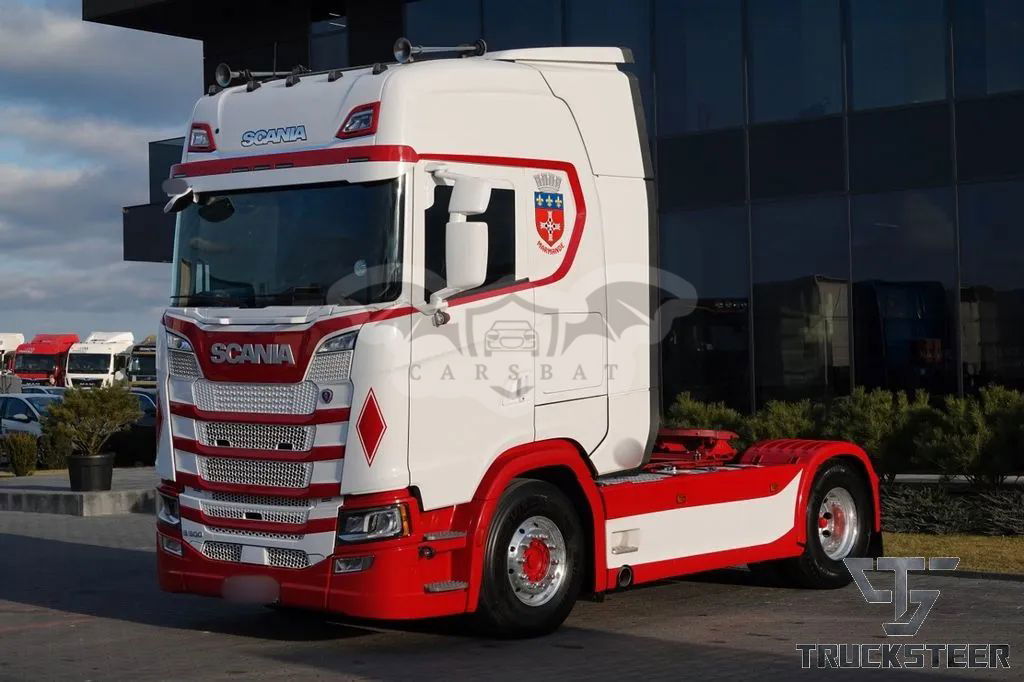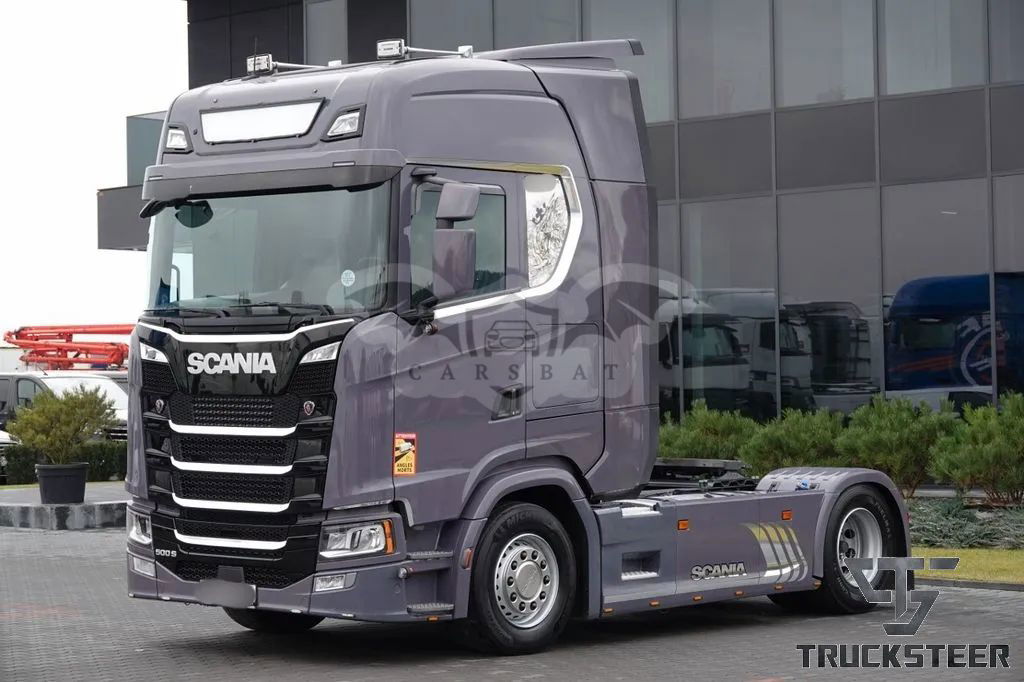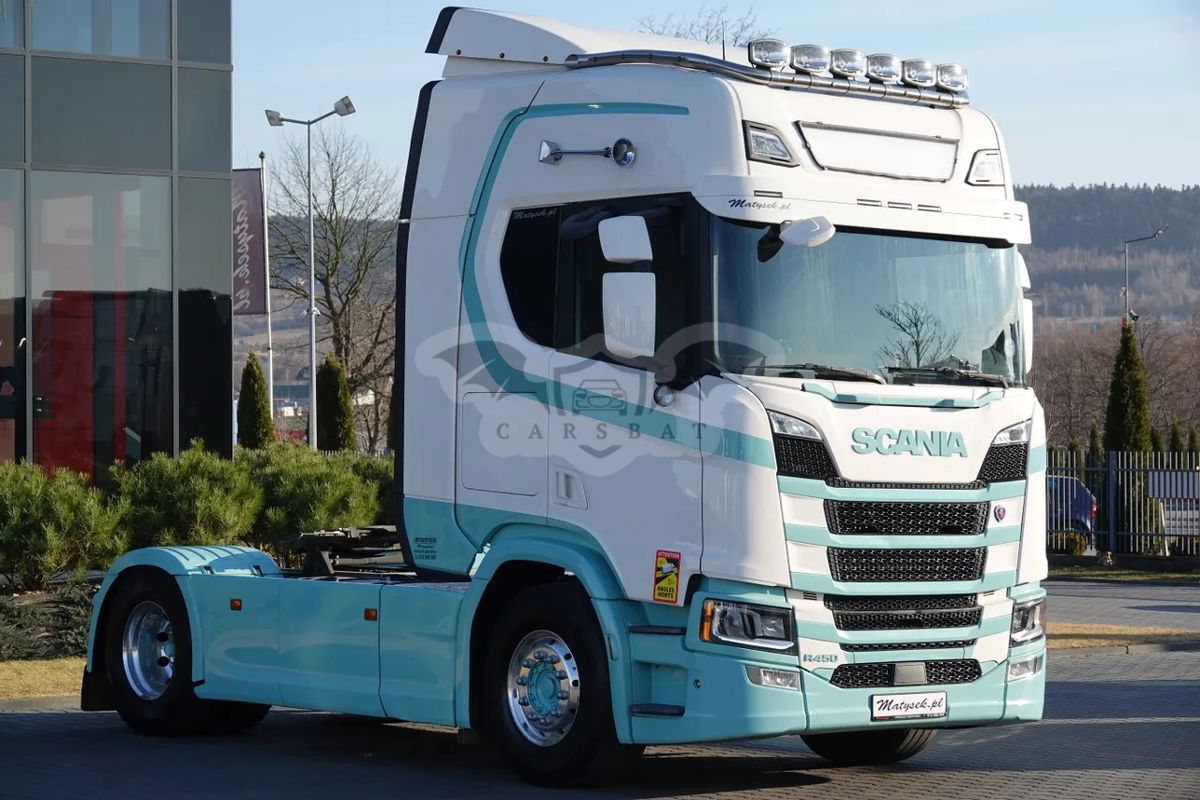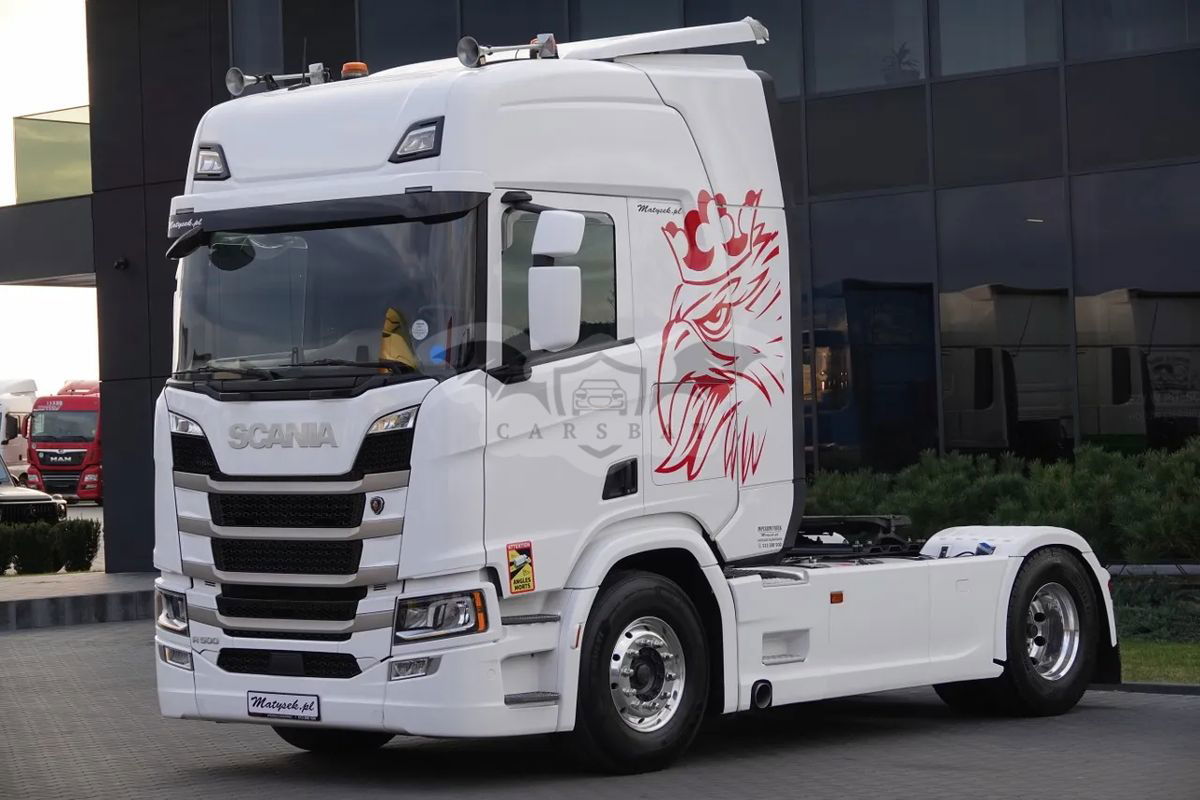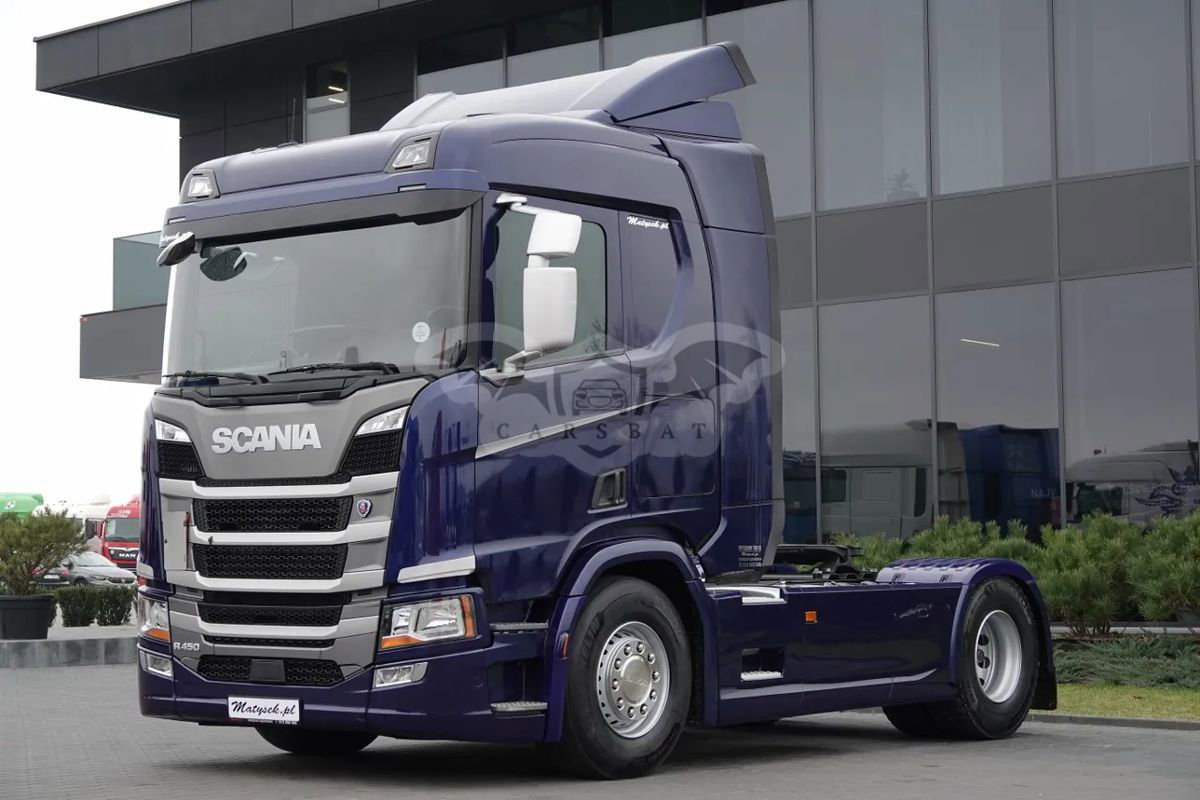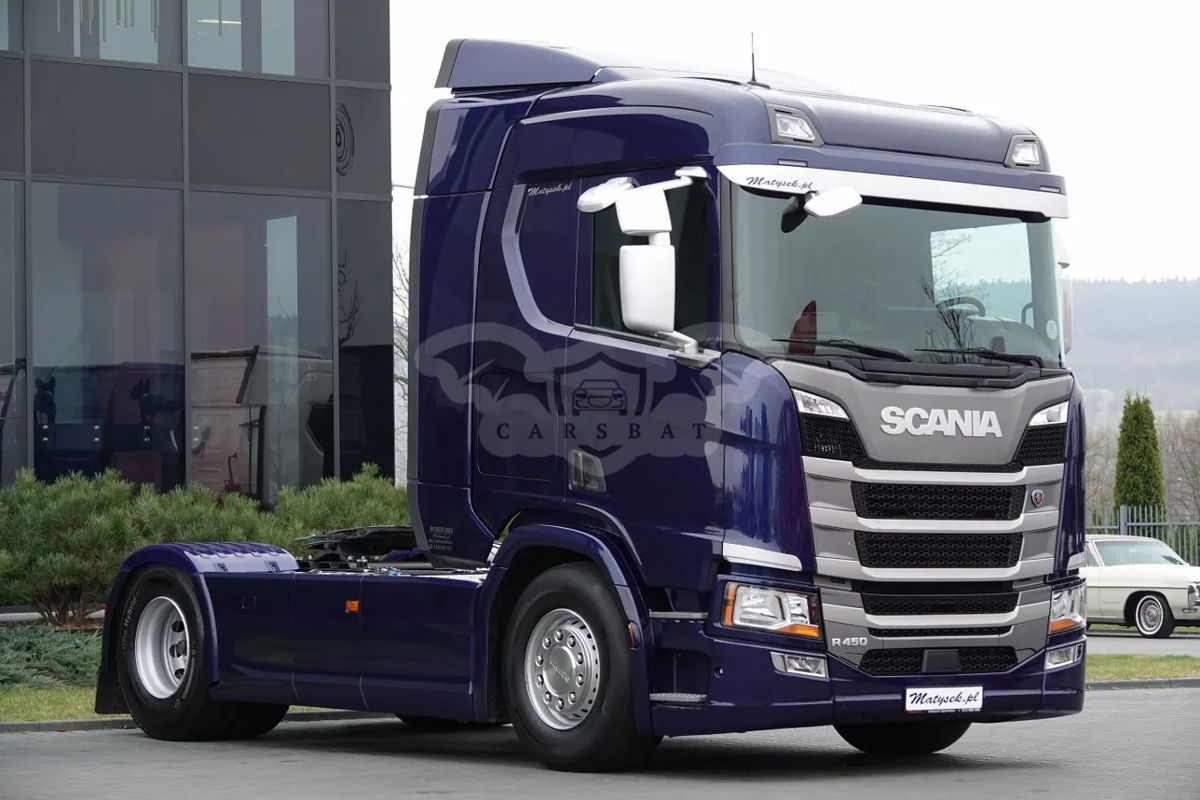
Catalog / Scania
Scania: Swedish Engineering Excellence in Commercial Vehicles
Scania AB, a renowned Swedish manufacturer of commercial vehicles, has a rich history dating back to 1891. Founded in Malmö, Sweden, as a privately owned wagon-building company, Scania has evolved into a global leader in the production of heavy trucks, buses, and diesel engines for industrial and marine applications.
In 1900, the company produced its first motorized vehicle, a car. However, it wasn't until 1902 that Scania introduced its first truck, marking the beginning of its journey in commercial vehicle manufacturing. The name 'Scania' was adopted in 1906, derived from the Latin name for the southernmost province of Sweden, Skåne.
A significant milestone in Scania's history was its merger with Vabis in 1911, forming Scania-Vabis. This union strengthened the company's position in the automotive industry and laid the foundation for future growth. Throughout the 20th century, Scania-Vabis expanded its operations, establishing factories in various countries and developing a reputation for producing robust and reliable vehicles.
In 1969, the company officially changed its name to Scania AB, dropping the Vabis part. This period also saw Scania's increased focus on modular design, a concept that would become a cornerstone of their manufacturing philosophy. The modular system allows for greater flexibility in production and customization, enabling Scania to meet diverse customer needs efficiently.
Scania's commitment to innovation has been evident throughout its history. In 1980, the company introduced its first turbocharged engine, significantly improving fuel efficiency and performance. The 1990s saw the launch of the 4-series trucks, which set new standards in the industry for driver comfort and safety.
In 2000, Scania became a part of the Volkswagen Group, further enhancing its global reach and technological capabilities. This partnership has allowed Scania to invest heavily in research and development, particularly in areas such as alternative fuels and autonomous driving technologies.
One of Scania's most notable achievements in recent years has been its focus on sustainability. In 2011, the company introduced its first ethanol-powered trucks, and in 2014, it launched Euro 6 engines, setting new benchmarks for low emissions in the commercial vehicle sector. Scania's commitment to reducing its environmental impact is further demonstrated by its ongoing development of electric and hybrid vehicles.
Today, Scania operates in more than 100 countries and employs over 50,000 people worldwide. The company's product range includes heavy trucks for long-haulage, construction, and distribution, as well as buses for urban and intercity transport. Scania's engines are also used in various applications beyond road transport, including power generation and marine propulsion.
Scania's dedication to quality, efficiency, and innovation continues to drive its success in the global market. As the transportation industry evolves, Scania remains at the forefront, developing sustainable solutions for the future of commercial vehicles.

